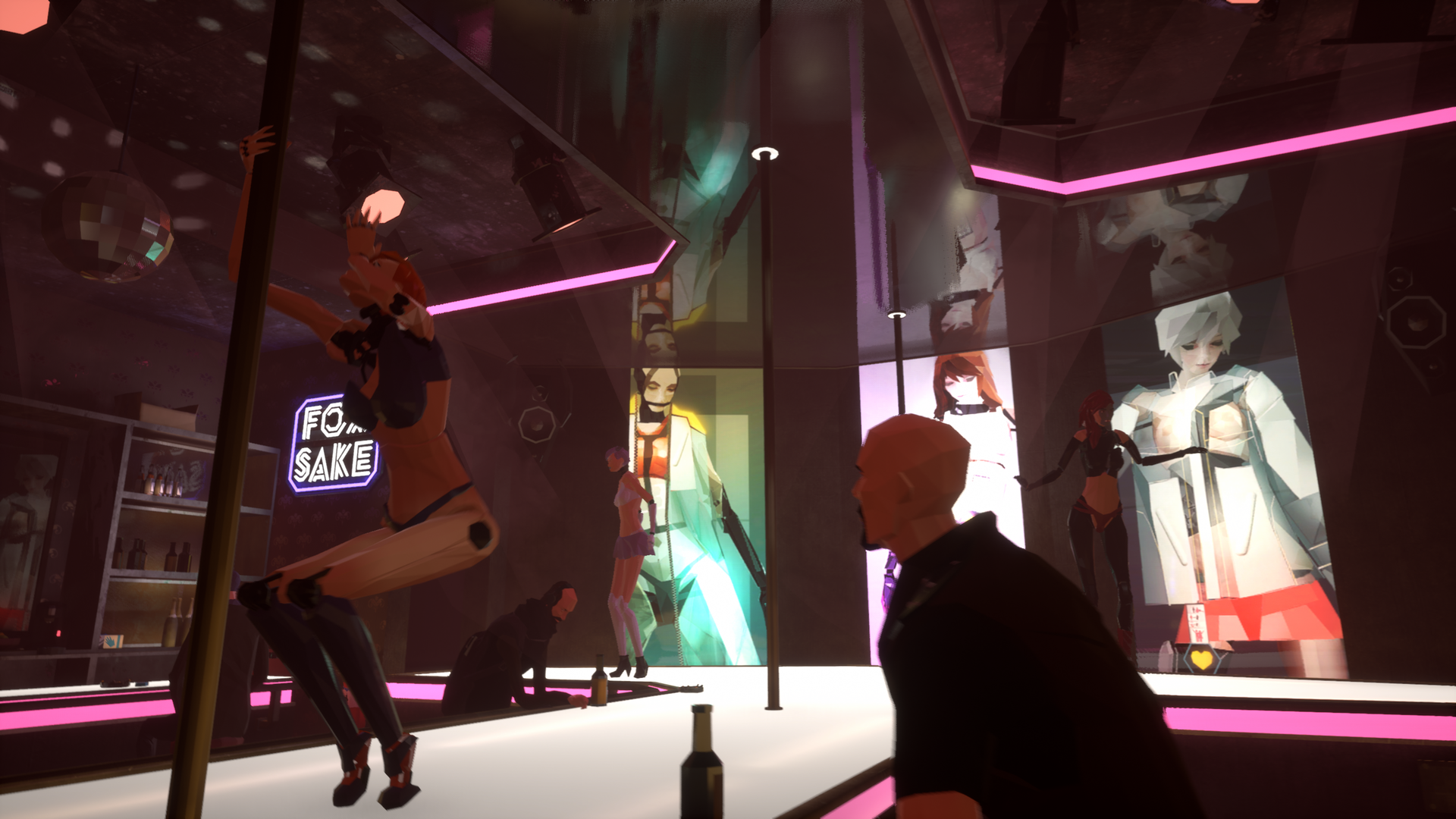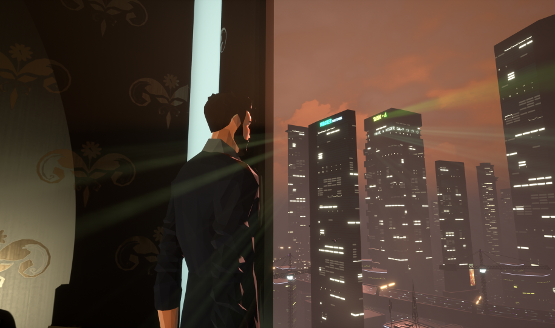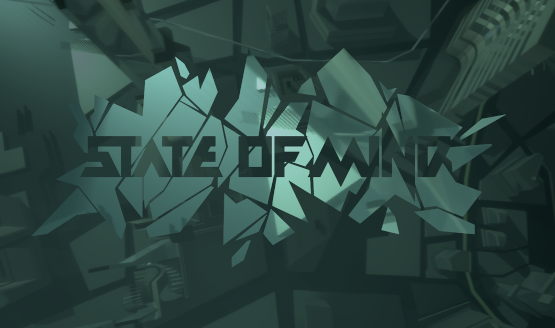
Feel like you haven’t played a good point-and-click adventure game in a while? Or perhaps The Walking Dead isn’t what you’re looking for in the genre right now. No worries, Daedalic Entertainment says, because their upcoming dystopian sci-fi adventure game State of Mind is due to release in just one day. We’ve played this version of the future, and have our thoughts ready in our State of Mind review below.
Just 30 Years From Now
What will the world look like in the year 2048? No one can predict the future with any sort of certainty, but it is fun to speculate. Daedalic has come up with one potential vision of the future, a world filled with drones, megacities, advanced AI, and of course, virtual reality that becomes so good, people leave the real world behind to go live out their dream lives in ways that aren’t easily attainable outside the virtual sphere. Of course, any technology which has the potential to change the course of human history can be used for purposes both benevolent and sinister. State of Mind looks at both applications in a game that spans 10-15 hours, depending on the pace of the player.
Without diving into spoiler-filled specifics, State of Mind follows two protagonists, Richard and Adam. These two people share a lot in common: both are journalists working at a large news outlet, both are married with a son, and both are recovering from an accident involving an autonomous car, something which shouldn’t ever occur in this supposed utopian future. What could cause all these coincidences? Or are they merely coincidences on the surface, with something darker going on behind the scenes? Naturally, as journalists, it’s up to the two of them to figure out exactly what’s going on. Some of the narrative requires a decent amount of suspension of disbelief, especially with regards to how quickly some characters believe others, but if you can get past that, then the story is enjoyable.
Simple Puzzles
Since State of Mind is so story-driven, puzzles and action sequences are kept to low-key affairs. Most of this game involves walking around, talking with other people and robots, interacting with various objects, and occasionally picking up items of interest. It’s a pretty safe version of the point-and-click genre. However, the most unique aspect becomes unlocked after a few hours of playing. Using a holo-pin board, which is the future’s version of a whiteboard, the player can switch between Richard and Adam at will. As the two men live in completely different cities, there is a load time for the switch, but it’s usually not much longer than a couple of seconds. Both characters also have a cellphone-like augmented reality system, ostensibly implanted into them somehow, since they are never seen holding any sort of device while taking augmented calls or checking messages.
Puzzles in State of Mind, as mentioned, take a back seat to simply experiencing the story. One type of puzzle involves decoding memory fragments by lining up tiles in a 360-degree picture type of interface. As Richard and Adam are journalists, they are also tasked with looking over stacks of evidence, and picking out a few pieces which seem to correlate somehow. Deductive logic (along with listening to if there is a reaction from the character) is used to figure out answers, and there is no penalty to exploring all options, as the game will not progress until the right combination of evidence is pieced together.
Unreal State of Mind
Daedalic Entertainment has opted to use the Unreal Engine to create State of Mind. This results in a game that runs very well while also looking fairly polished. The futuristic city of Berlin and surrounding areas feature landscapes you’d expect in a sci-fi setting. Massive, almost unfathomably tall skyscrapers stand stacked right next to one another, while a seedy underbelly is tucked away in the spaces between. Environments are generously detailed, while character models are presented in a low-poly aesthetic which gives the whole game a more abstract feeling.
While the low-poly look to characters does give State of Mind a memorable design, it also lends itself to subpar animations. Most characters animate rigidly in cutscenes, and mouth movements are also not particularly believable. This can occasionally result in misreading a character’s emotions, but it doesn’t detract from the experience too much. Audio work in State of Mind is fitting for the time period. Think Deus Ex, or Bladerunner 2049, and you’ll get the idea of the typical soundtrack audio present in State of Mind. Sweeping synths are accompanied by other artificial instruments to provide an eerie soundscape, and yet these same instruments can feel warm in certain spots. All character lines are voiced, and quite well to boot, which helps to make the time spent with the game more enjoyable.
State of Mind has some interesting ideas about the future. Those ideas are presented in a mostly by-the-numbers point-and-click 3D adventure game wrapper, and there’s nothing wrong with that. There’s an almost believable look and feel to the various environments Richard and Adam find themselves in, though the low-poly character models don’t always work as well as intended. Still, for those who just can’t get enough of futuristic adventure point-and-click games, State of Mind is worth the virtual trip.
State of Mind review code provided by publisher. Version 1.01 reviewed on a PS4 Pro. For more information on scoring please see our Review Policy here.
-
Detailed, futuristic environment
-
Thought-provoking story
-
Solid audio work
-
Odd character animations
-
Simple puzzles
State of Mind Review
-
State of Mind Review #1
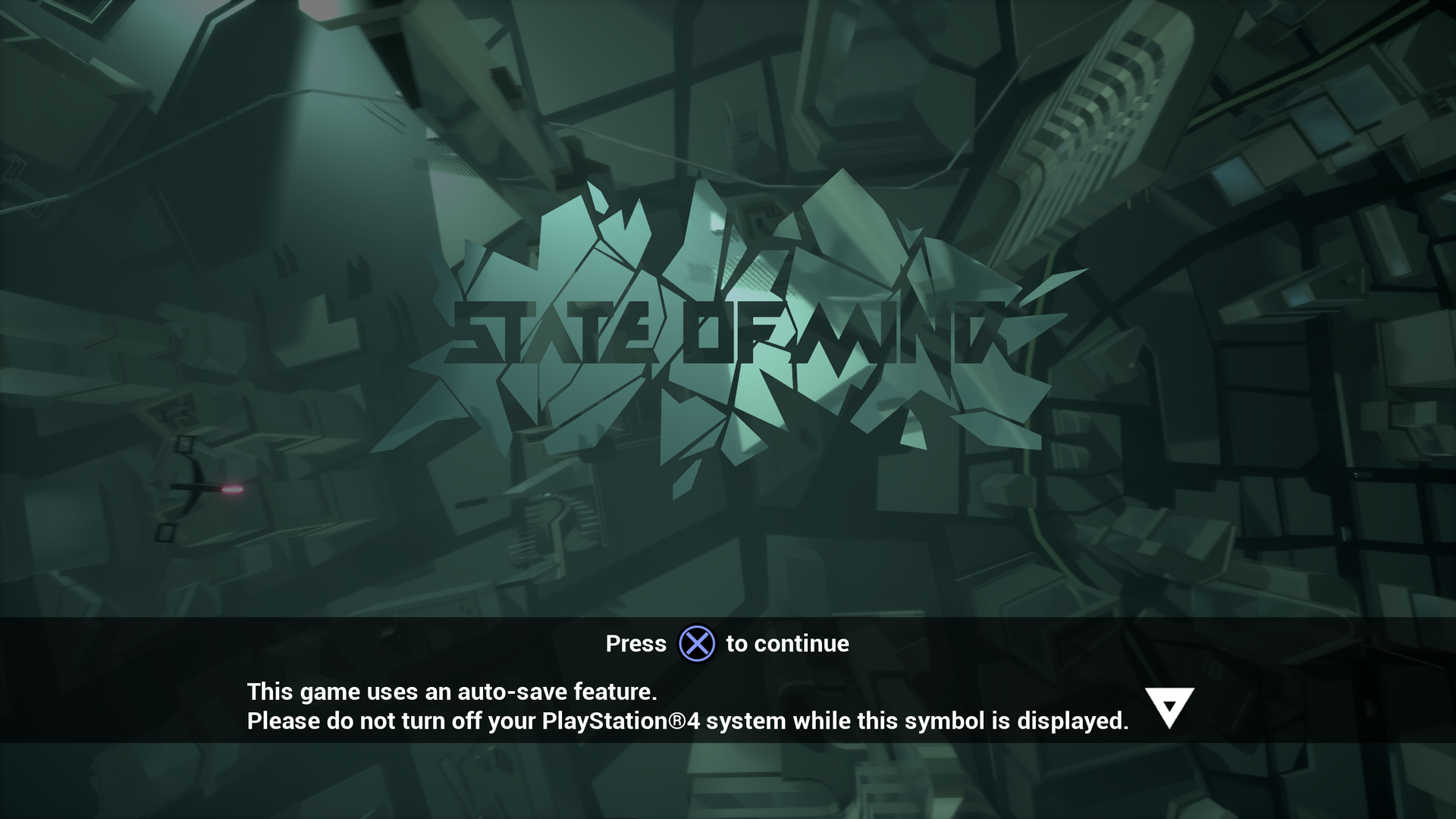
-
State of Mind Review #2

-
State of Mind Review #3
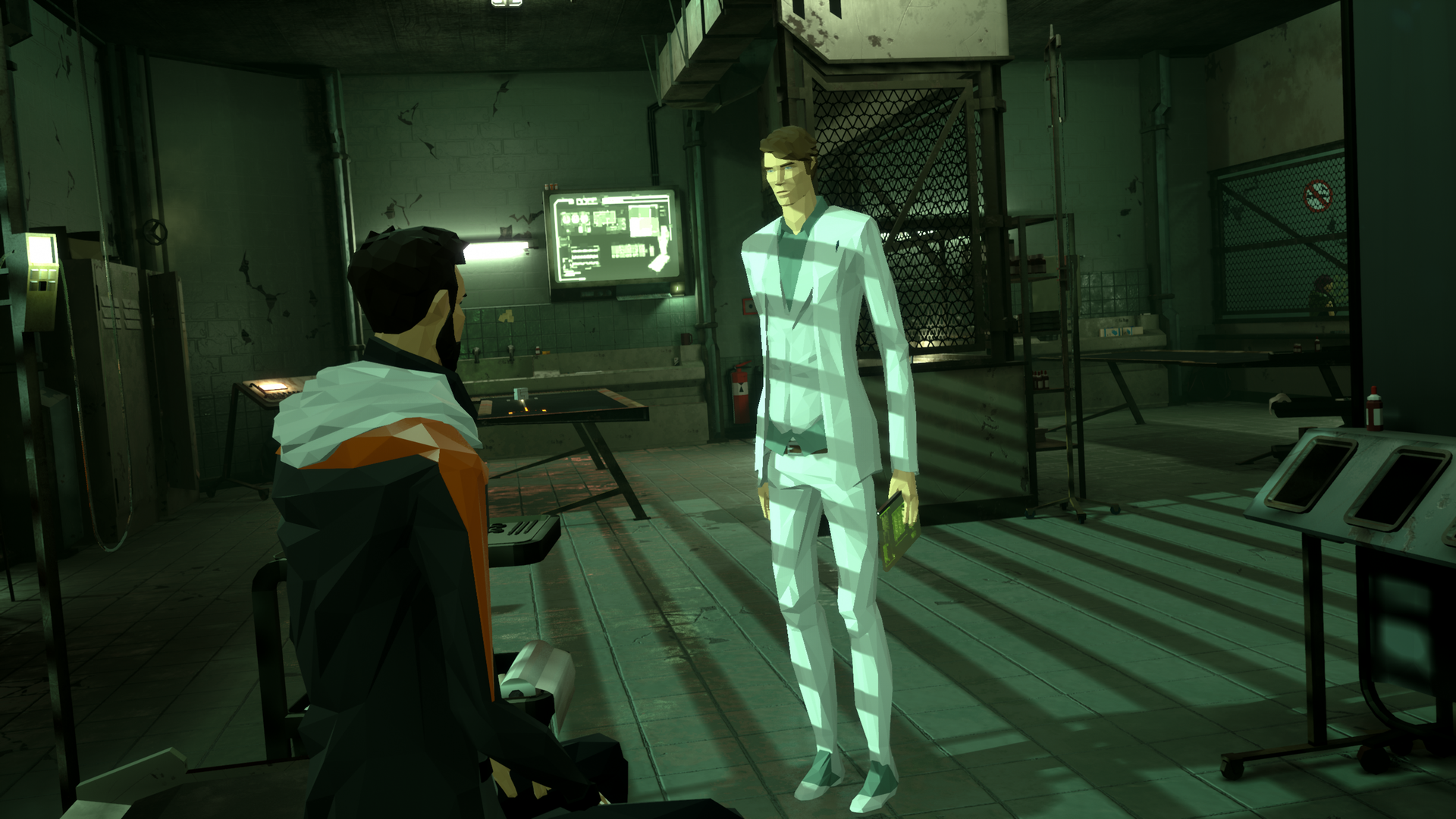
-
State of Mind Review #4
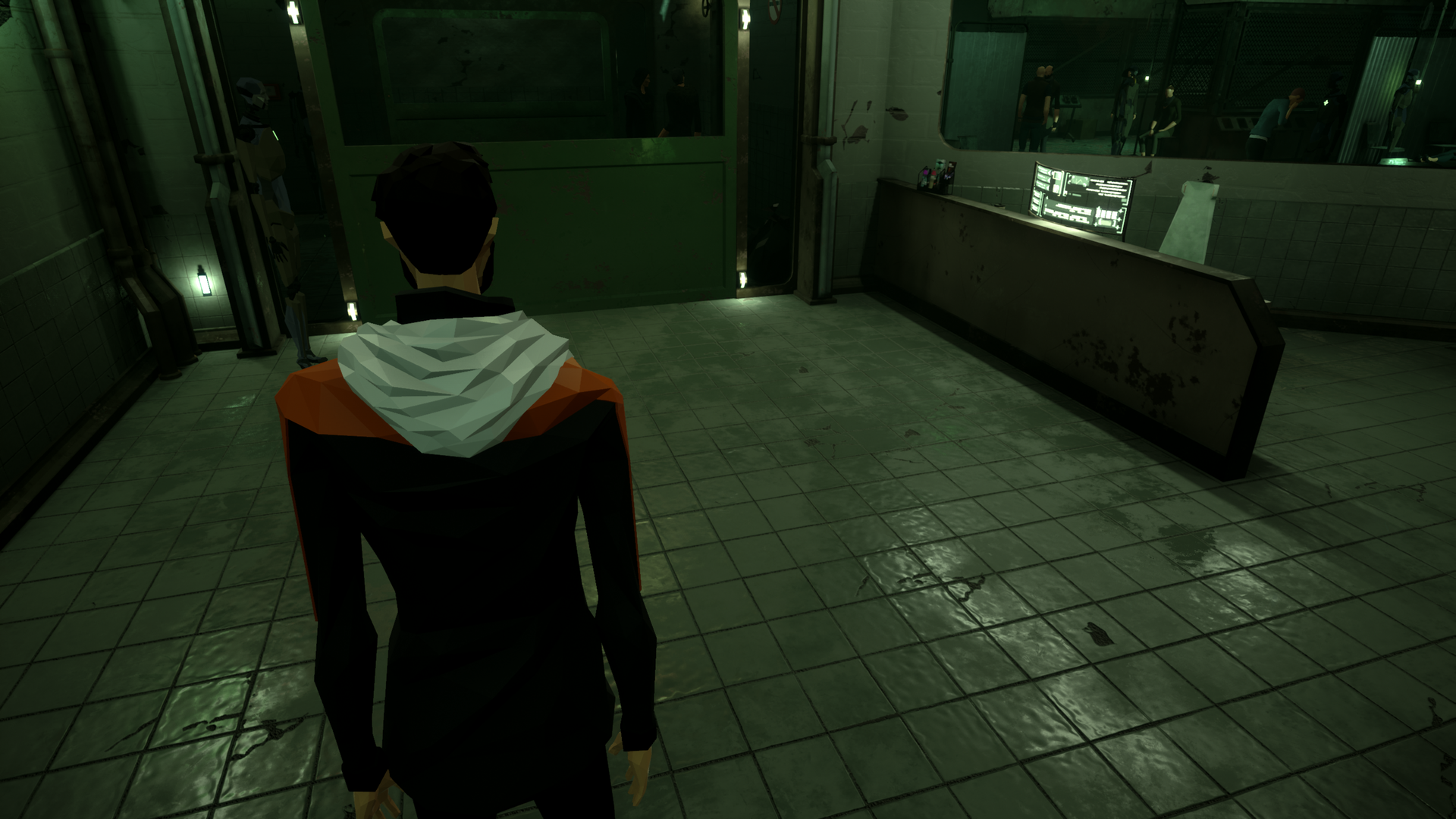
-
State of Mind Review #5
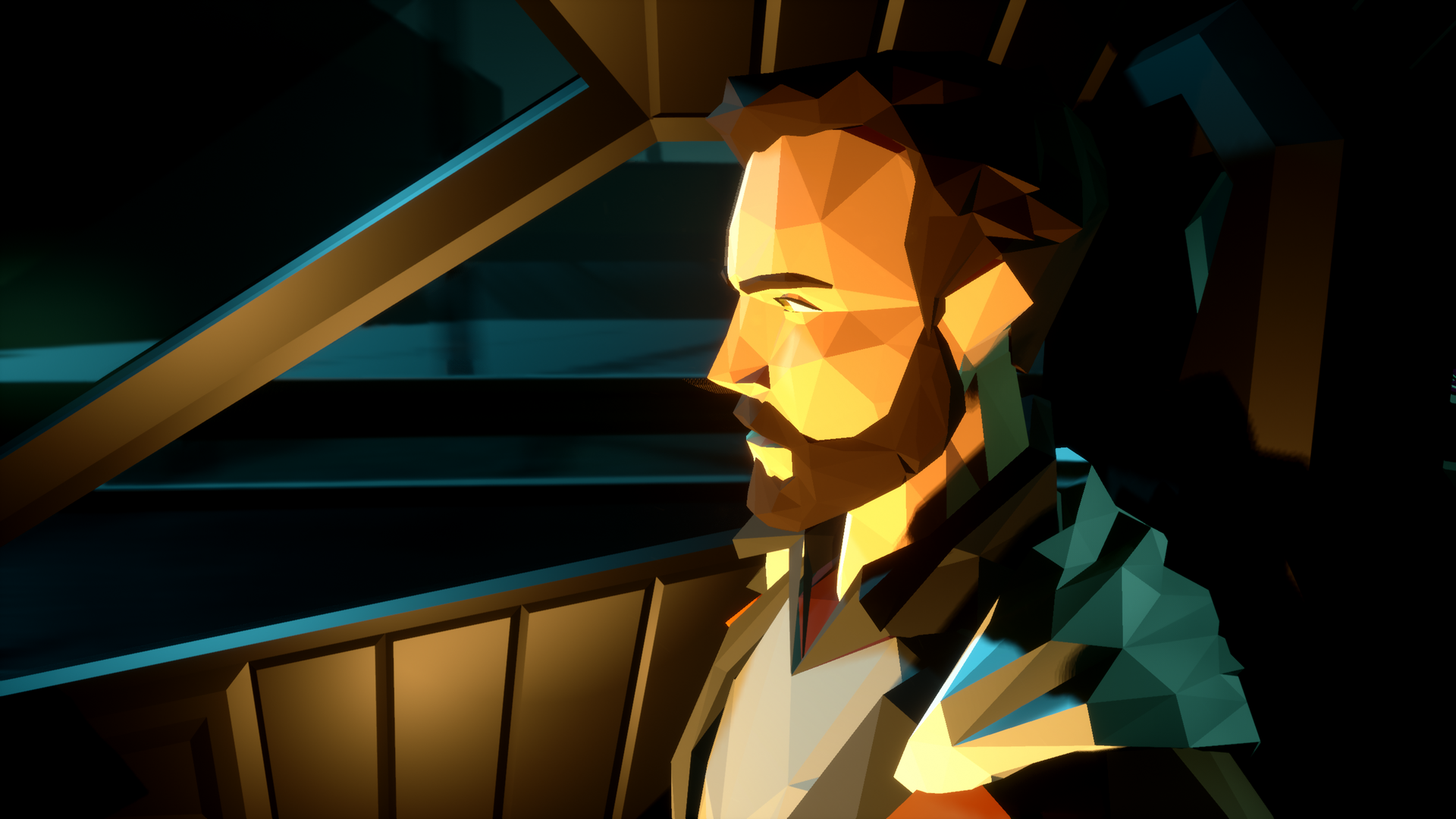
-
State of Mind Review #6
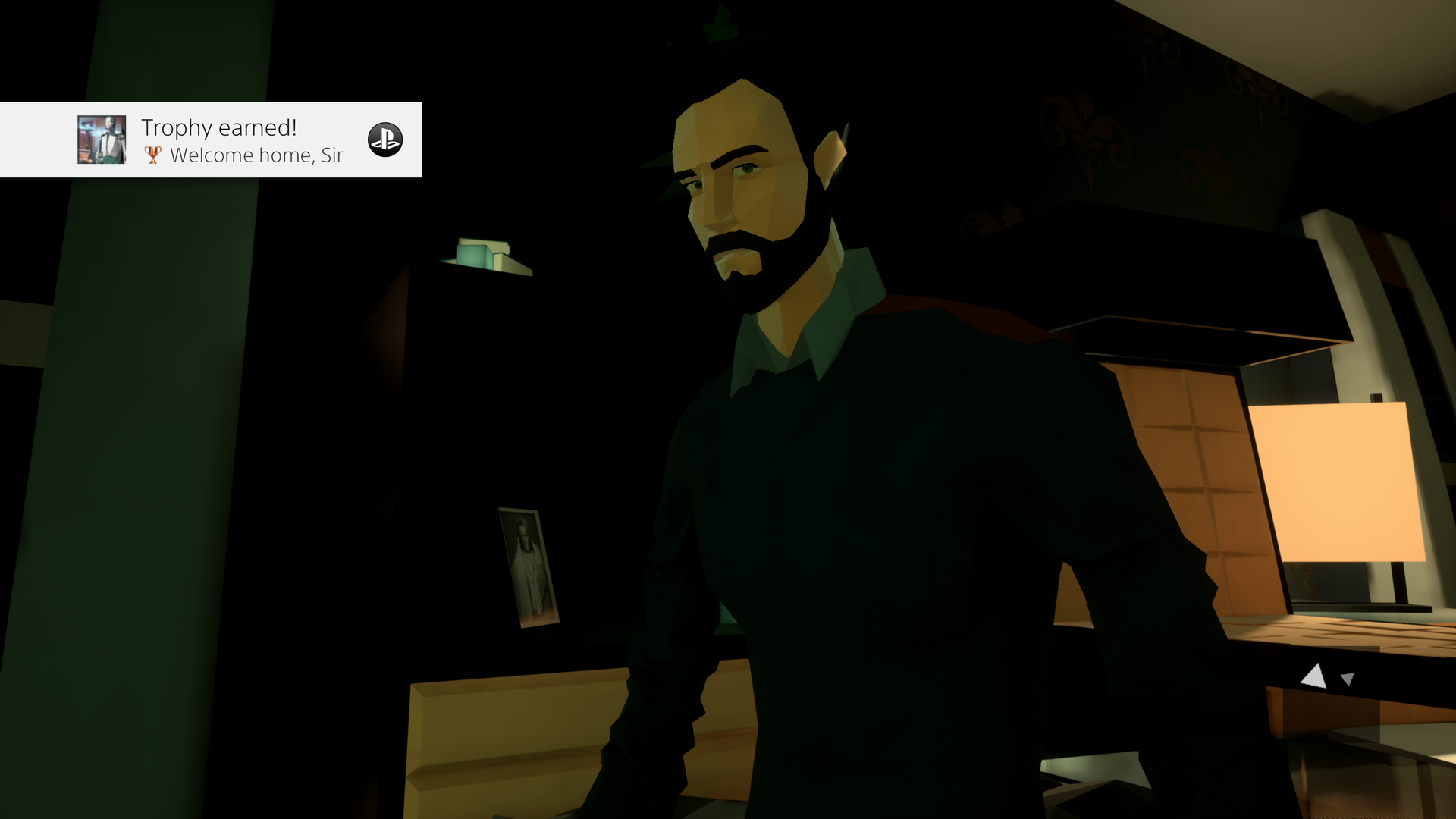
-
State of Mind Review #7
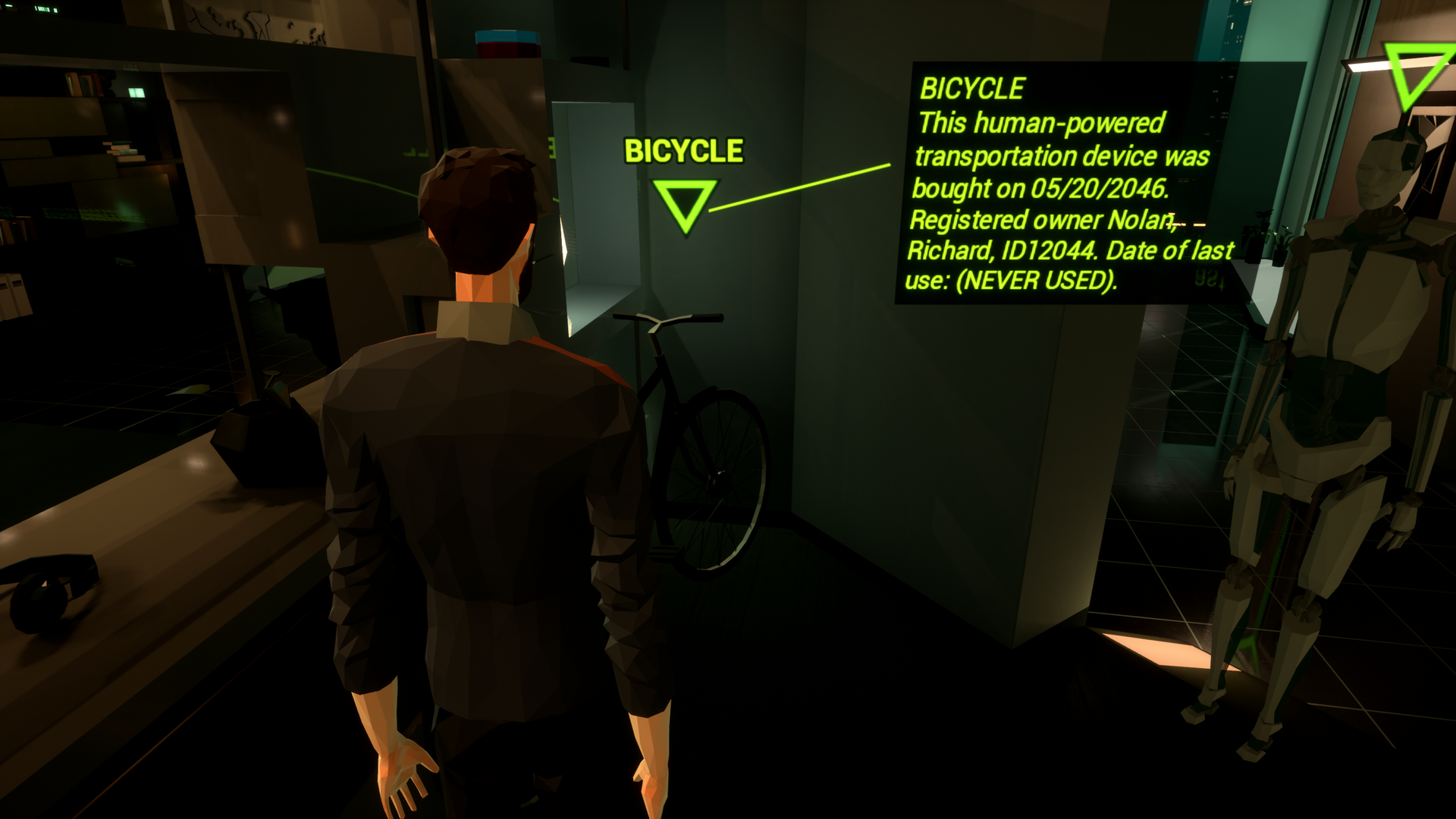
-
State of Mind Review #8
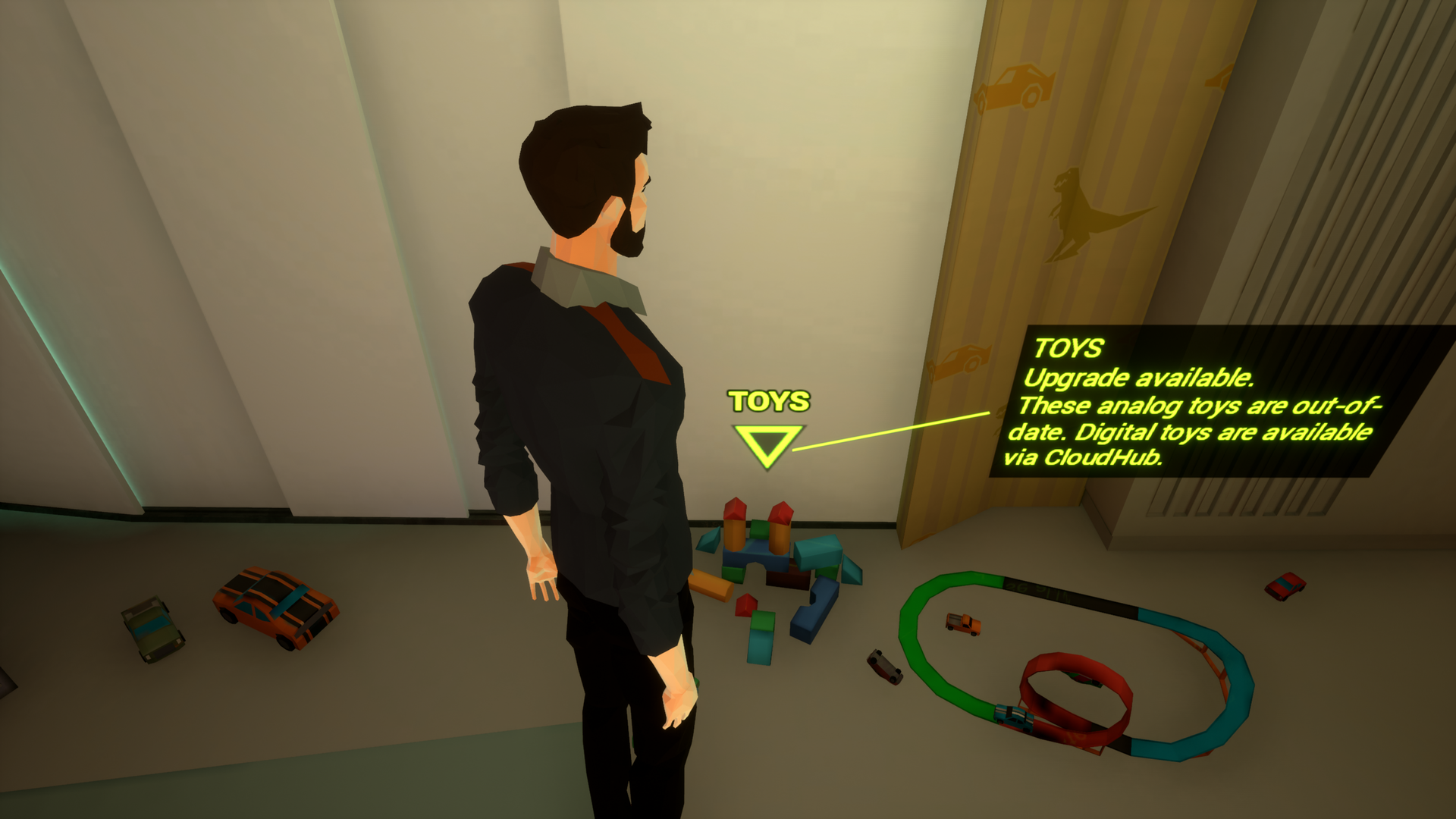
-
State of Mind Review #9
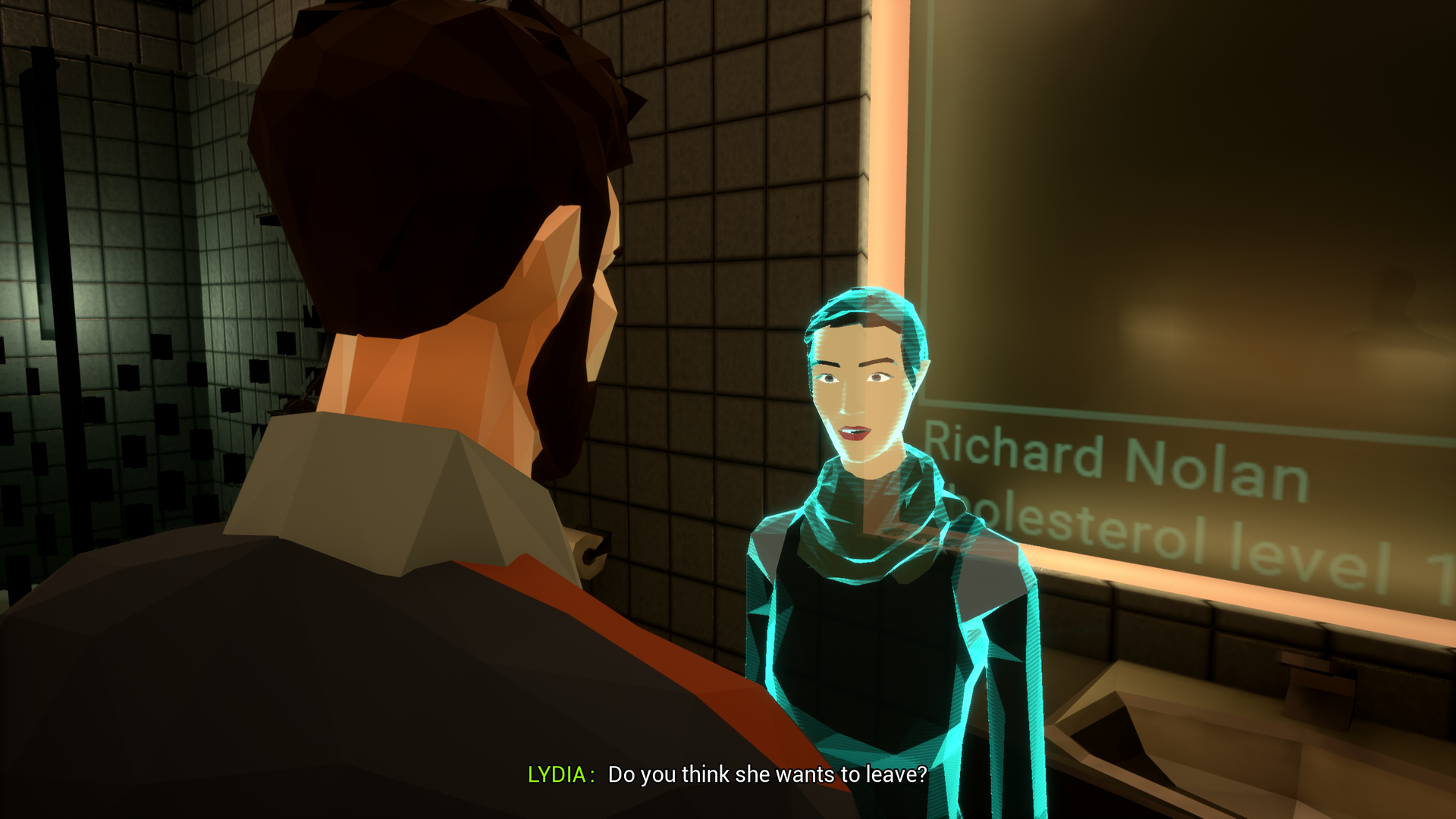
-
State of Mind Review #10
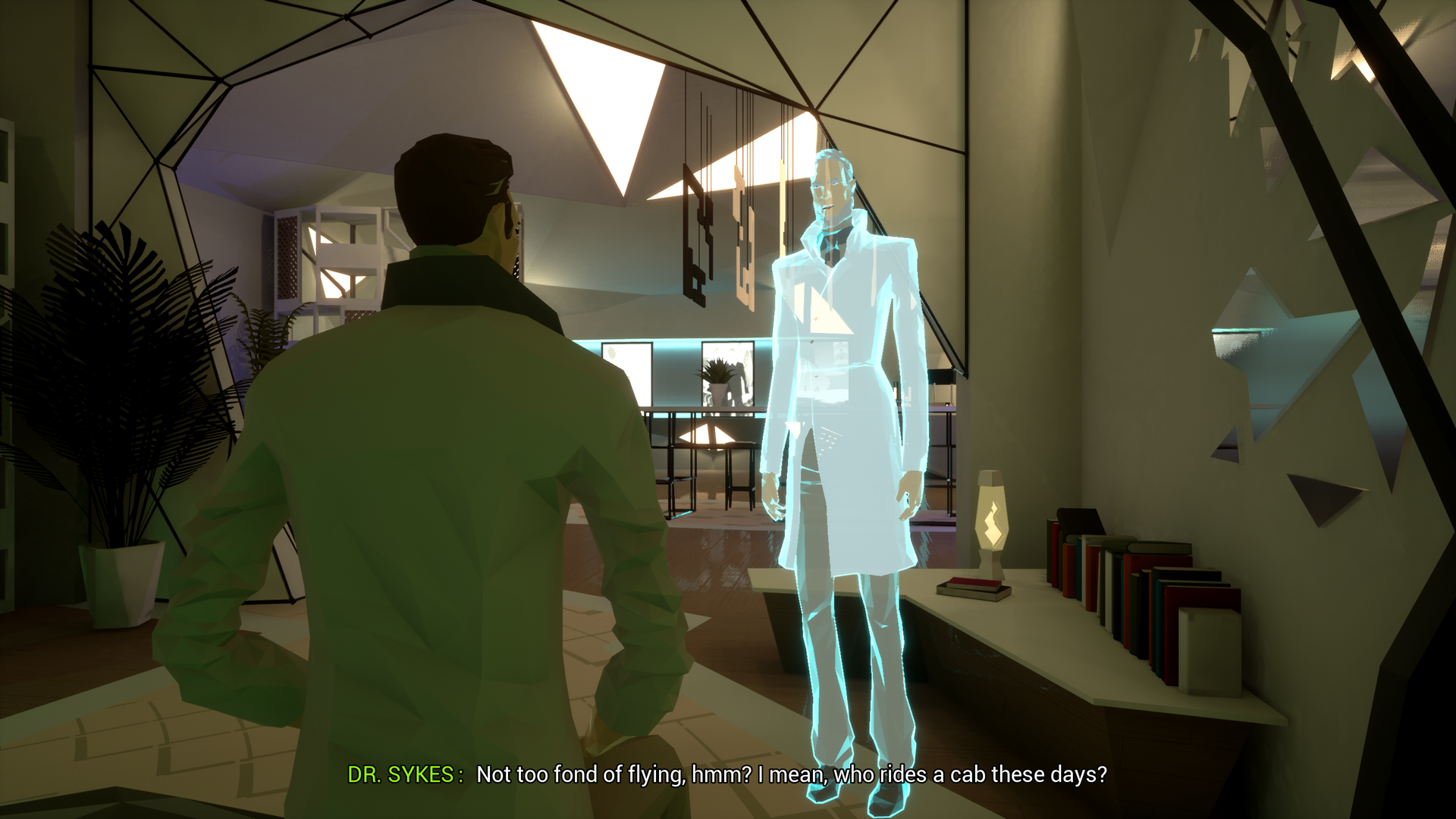
-
State of Mind Review #11
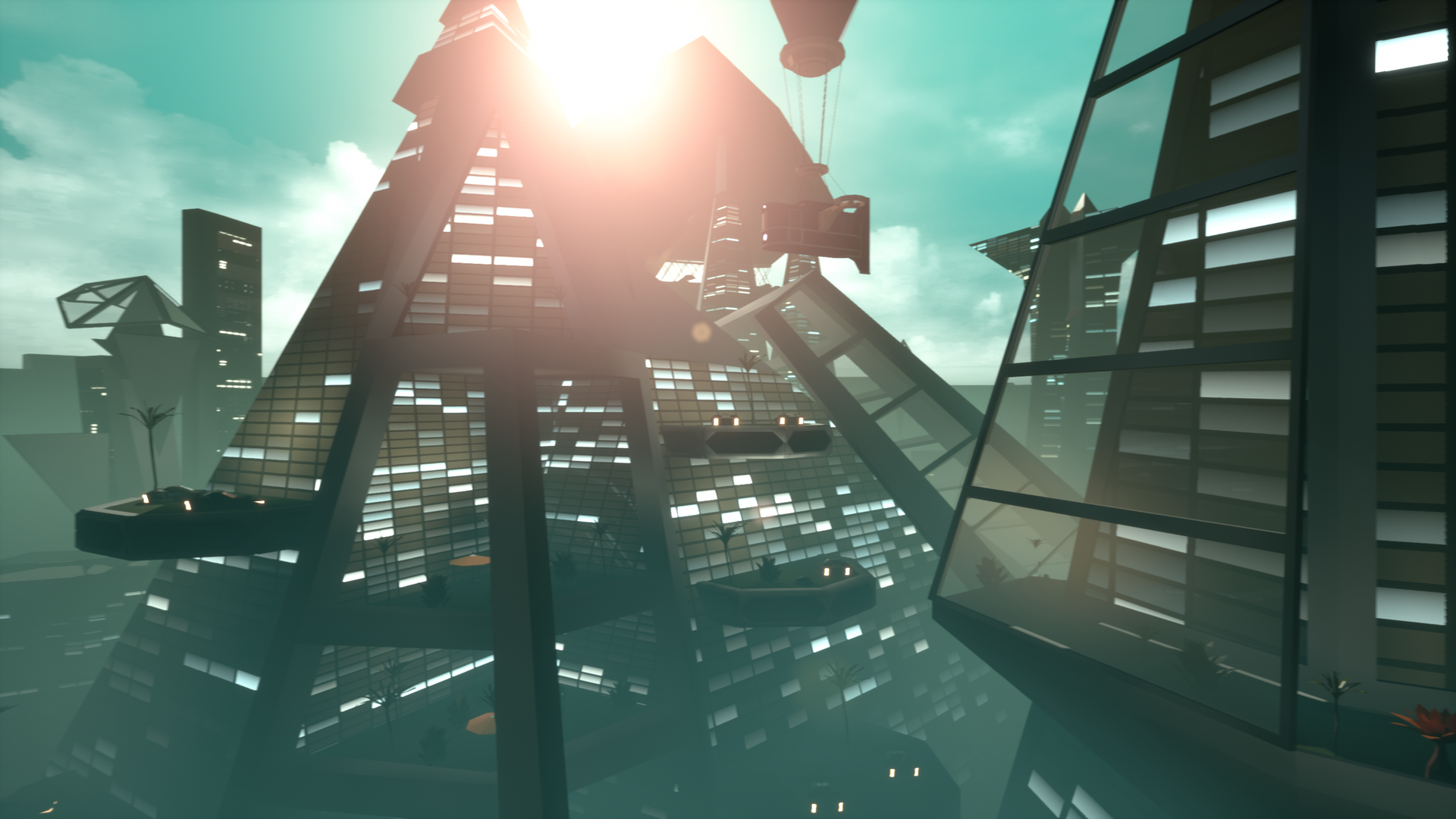
-
State of Mind Review #12
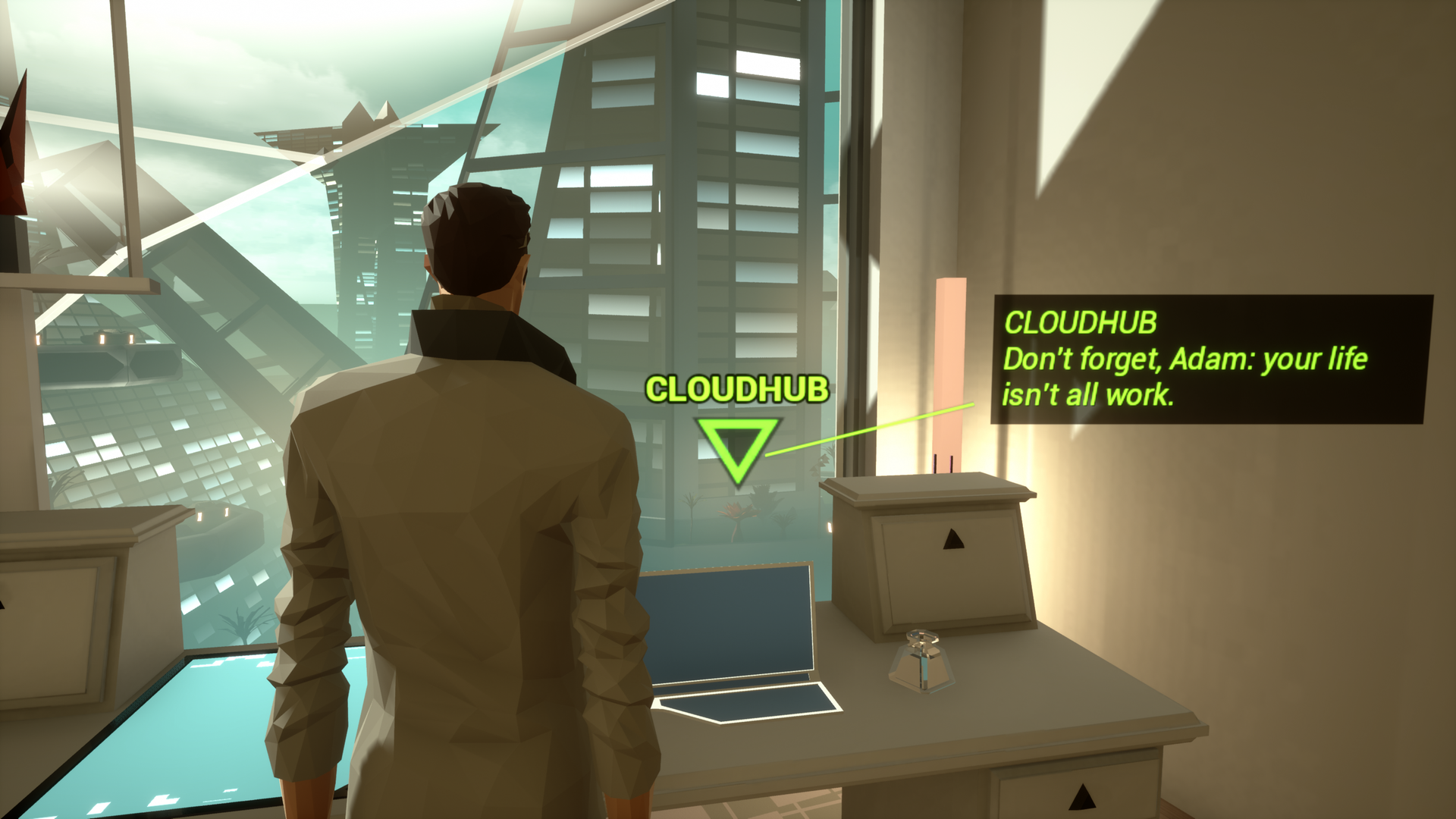
-
State of Mind Review #13
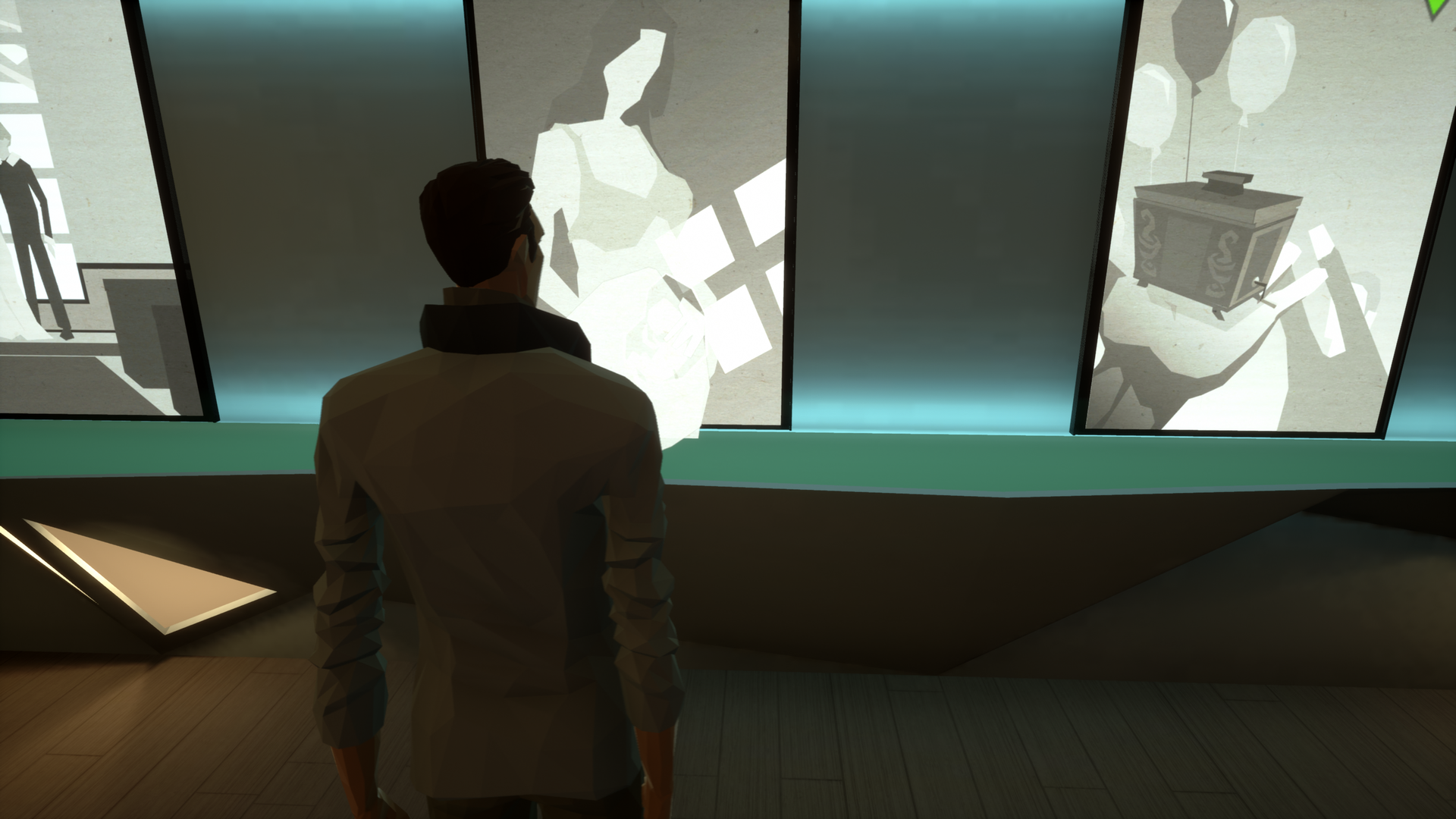
-
State of Mind Review #14
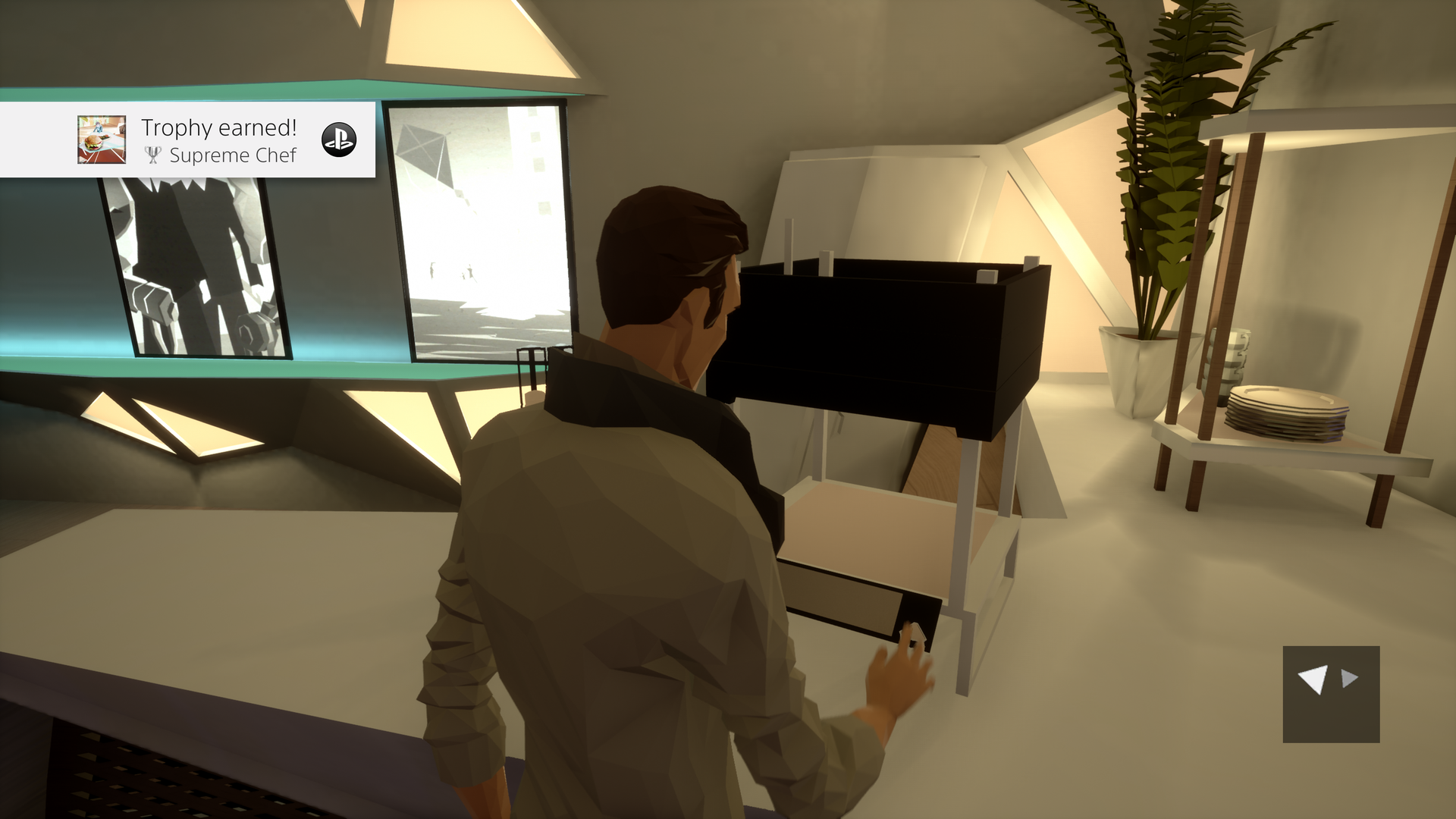
-
State of Mind Review #15
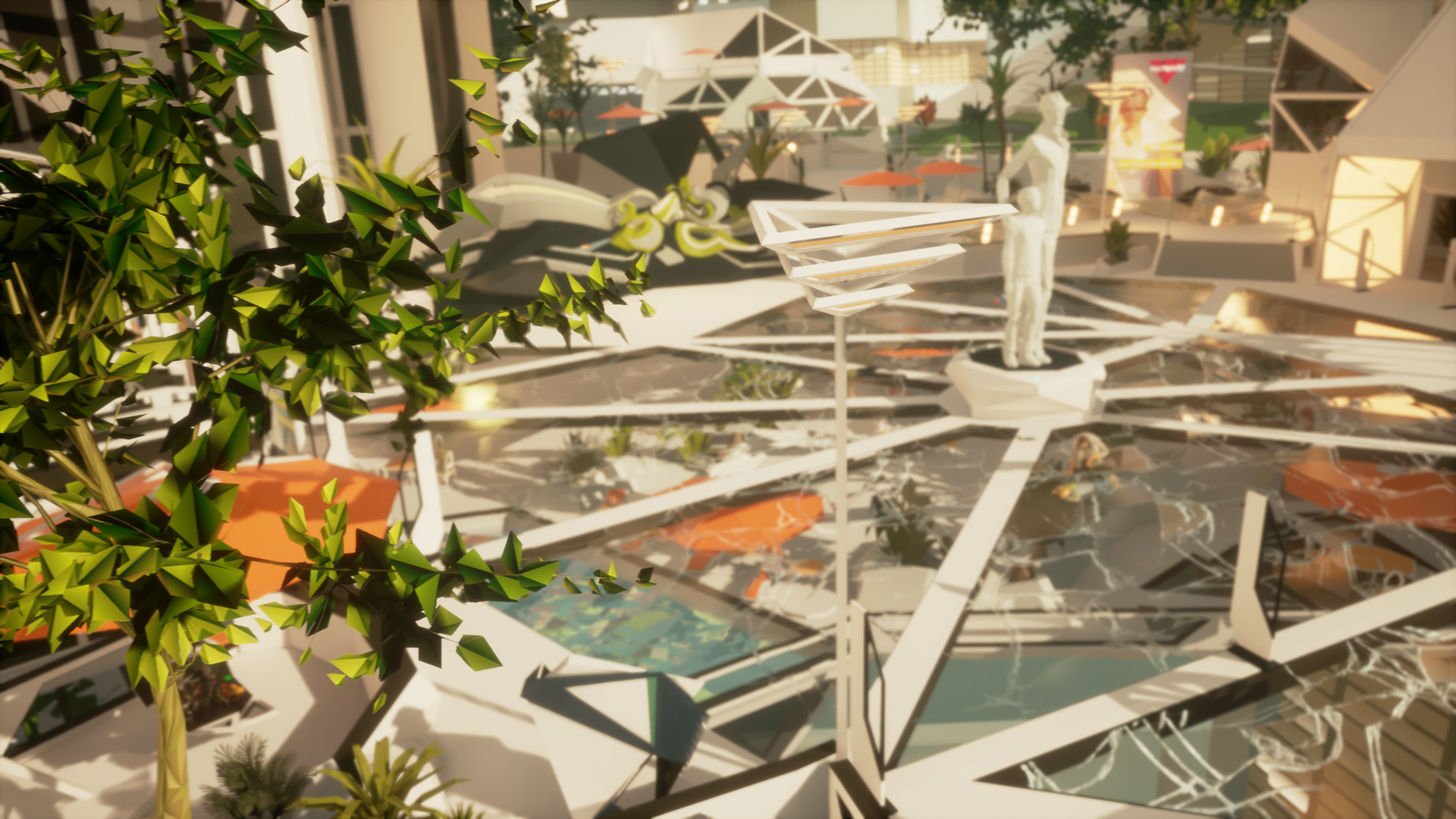
-
State of Mind Review #16
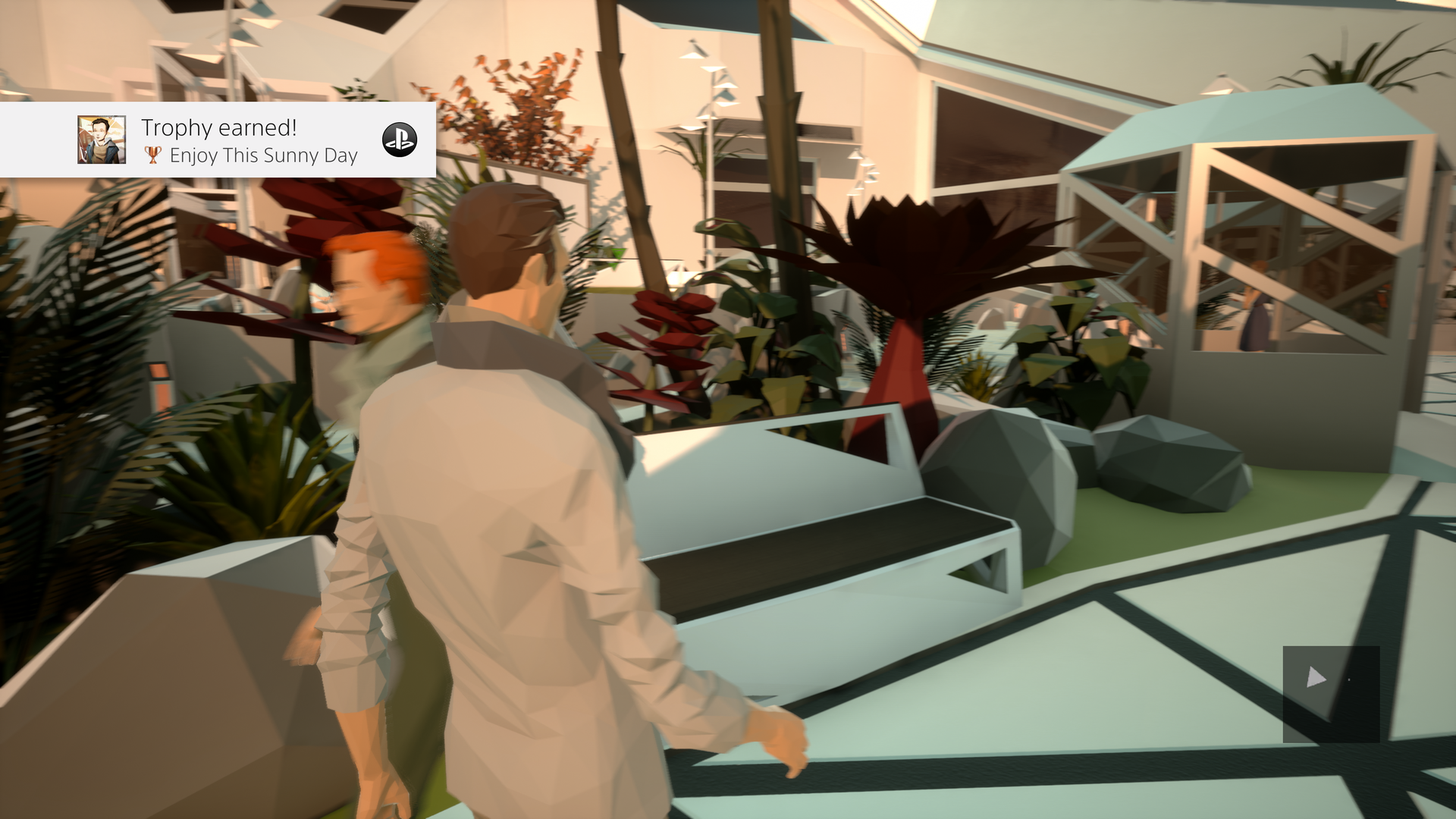
-
State of Mind Review #17
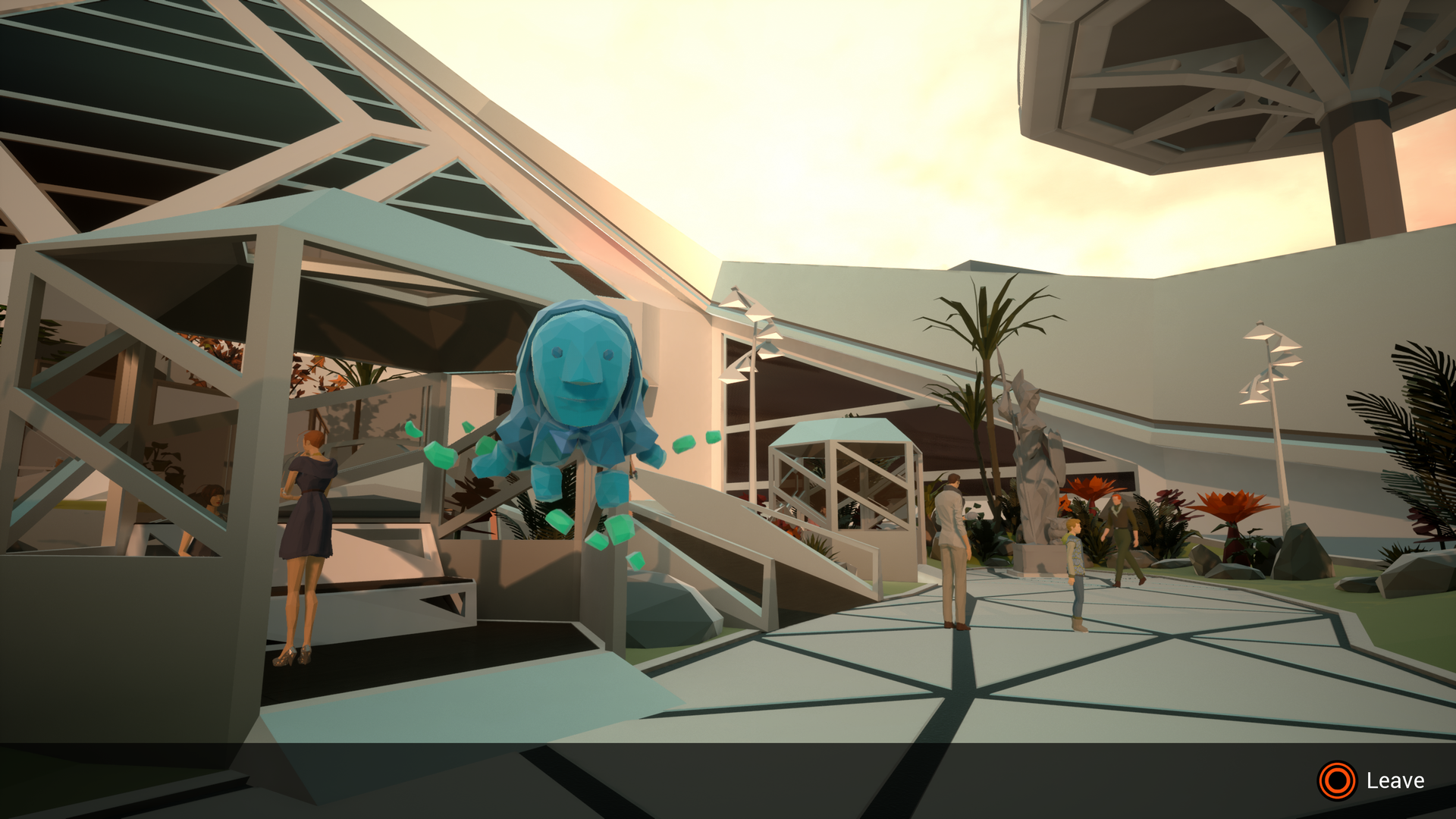
-
State of Mind Review #18
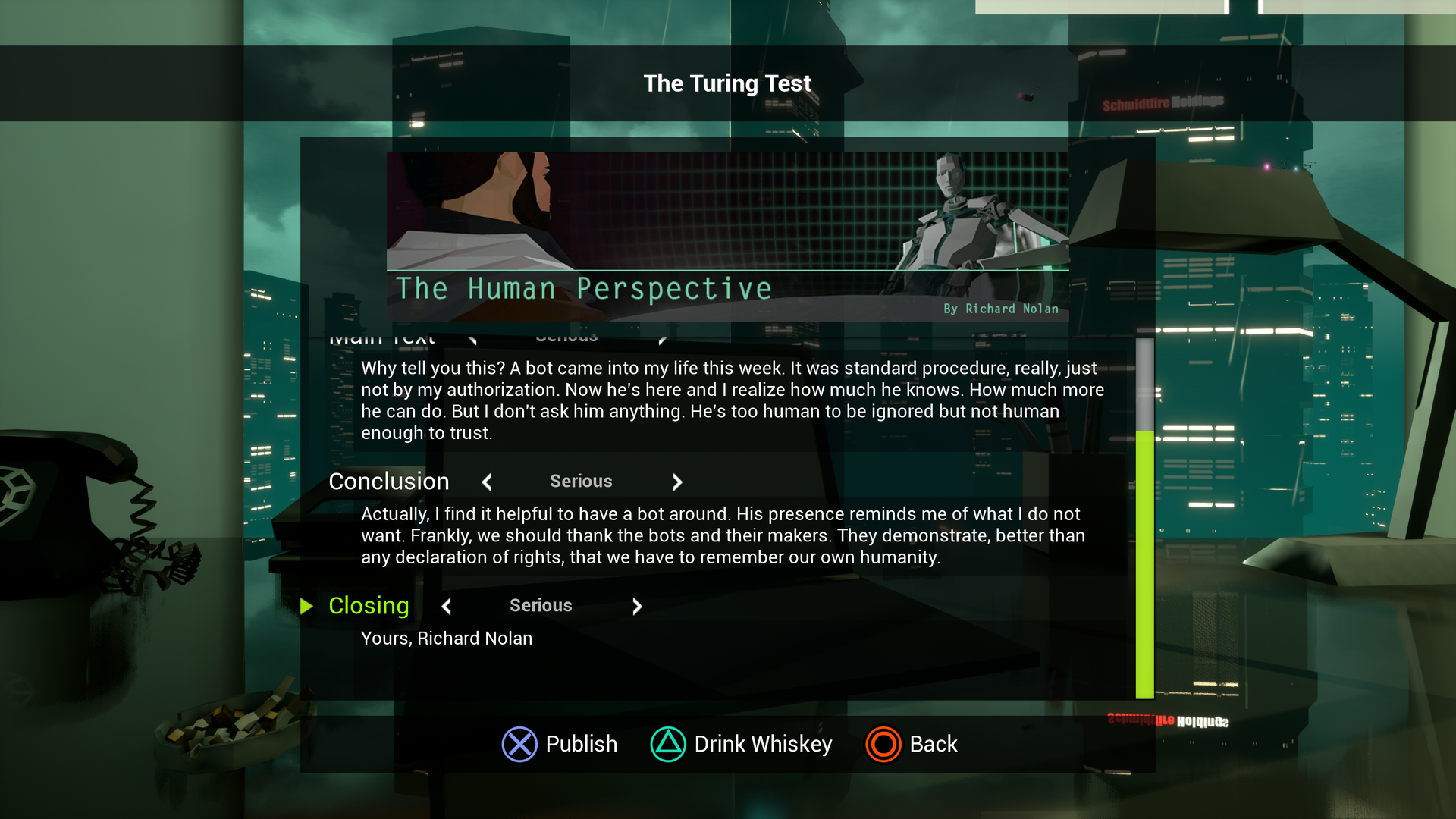
-
State of Mind Review #19
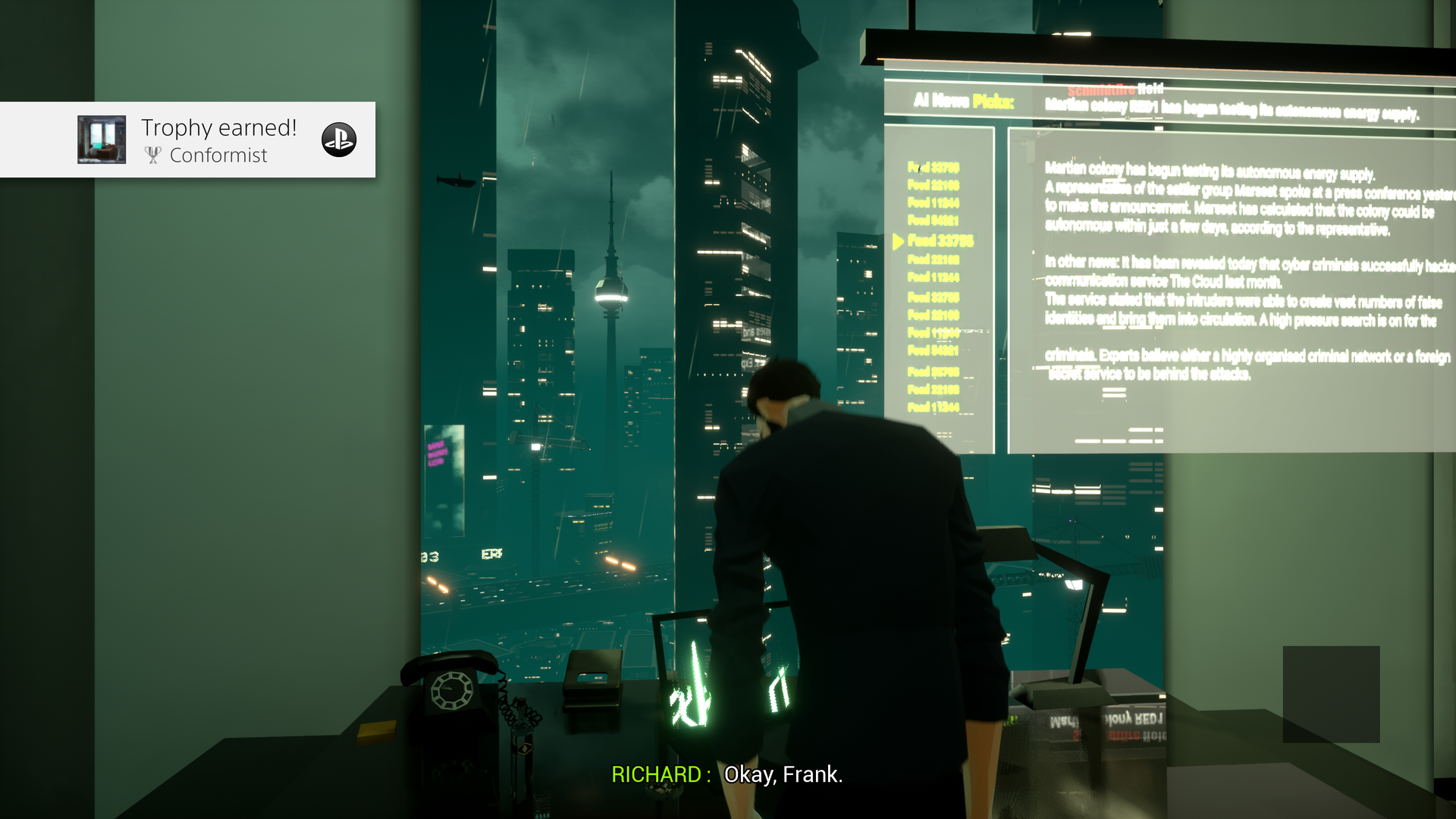
-
State of Mind Review #20
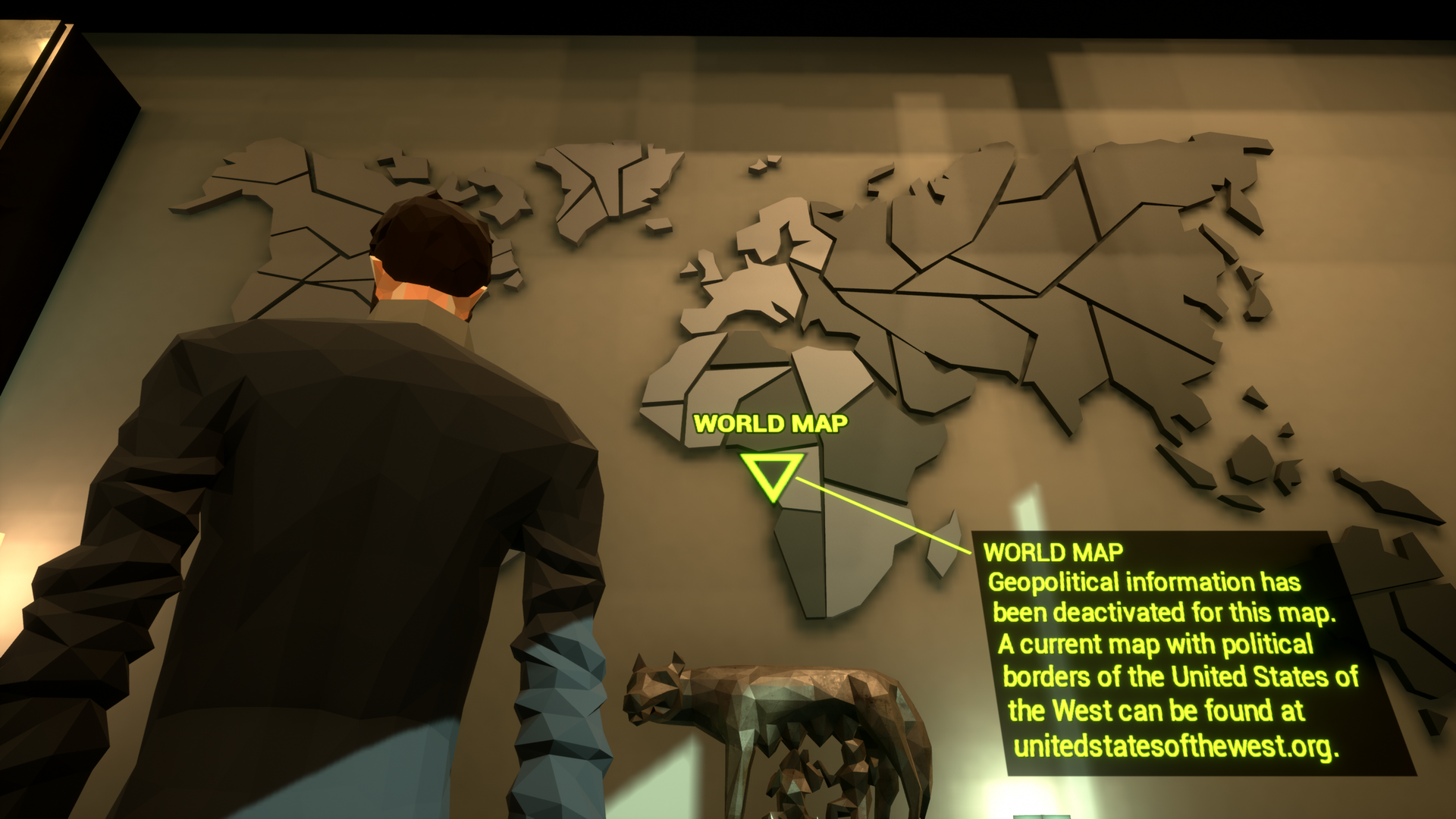
-
State of Mind Review #21
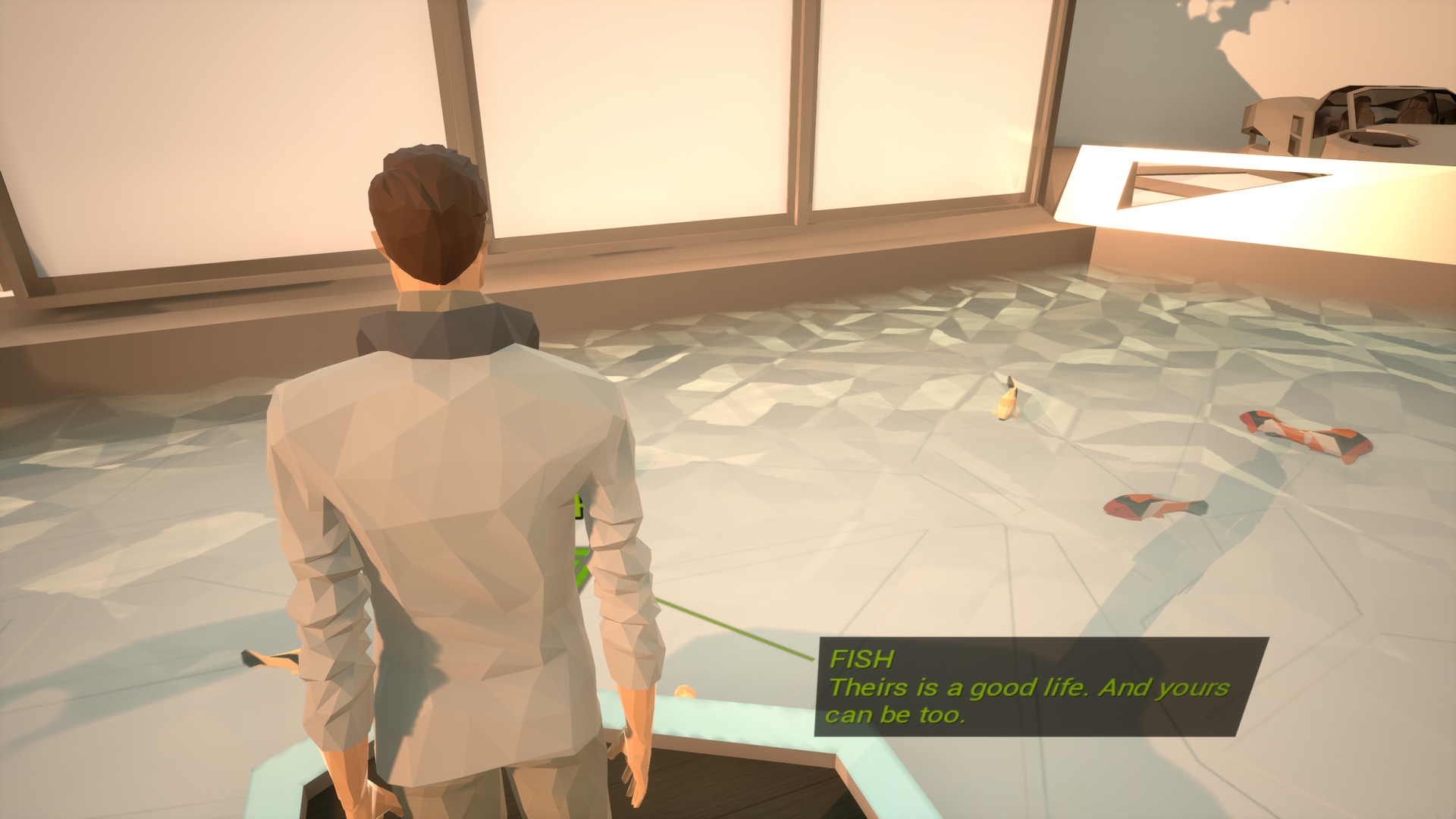
-
State of Mind Review #22
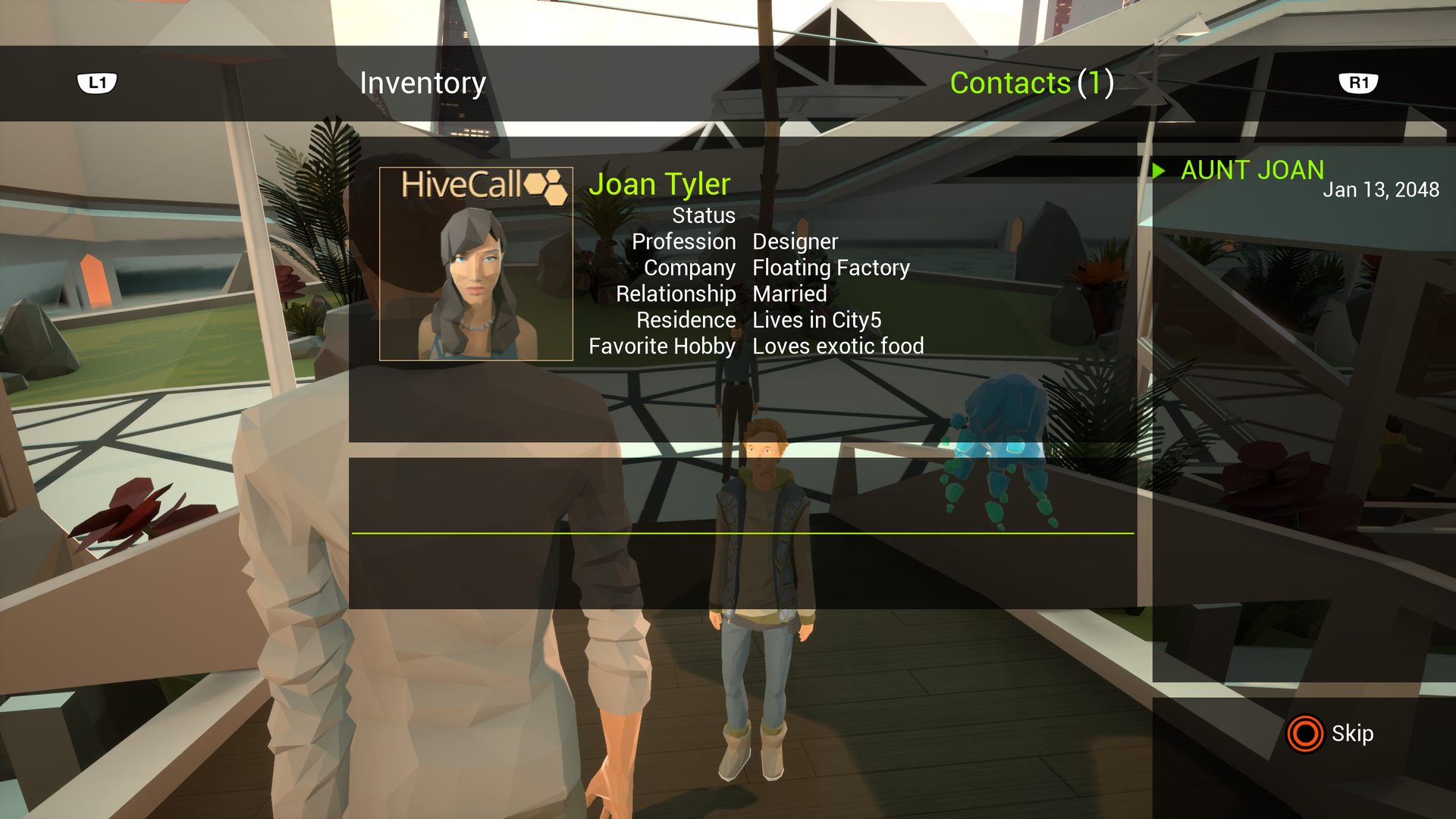
-
State of Mind Review #23
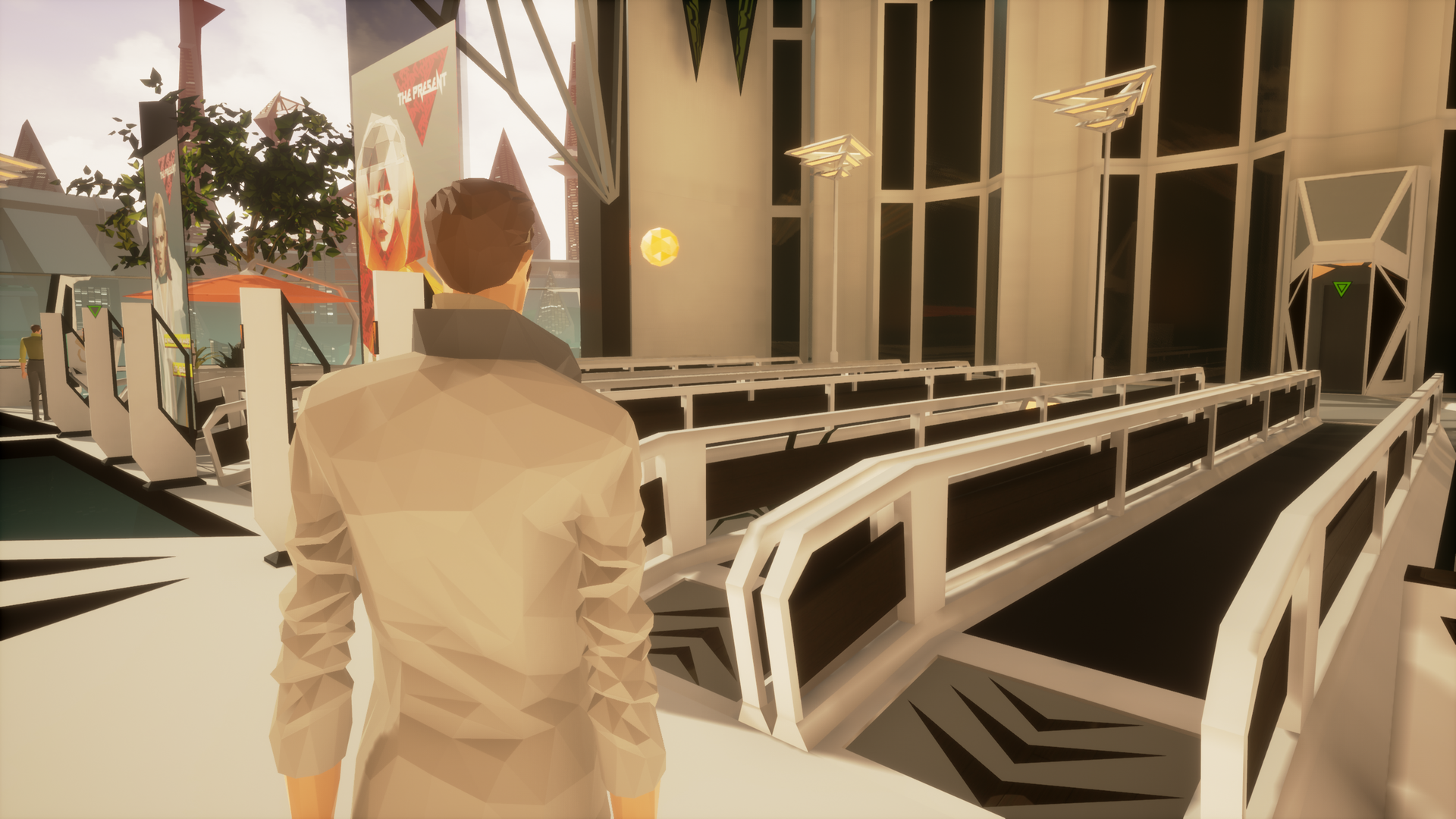
-
State of Mind Review #24
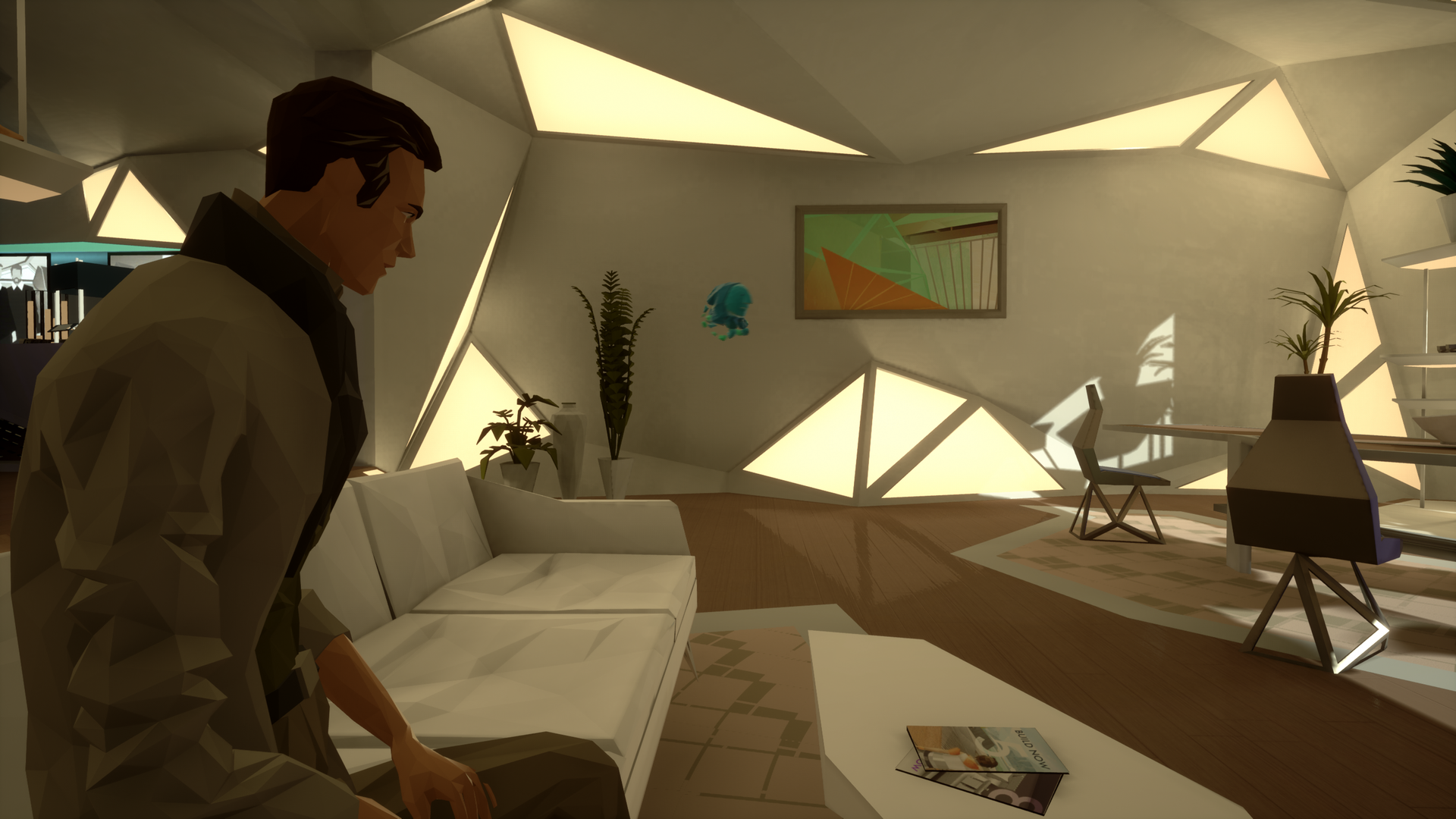
-
State of Mind Review #25
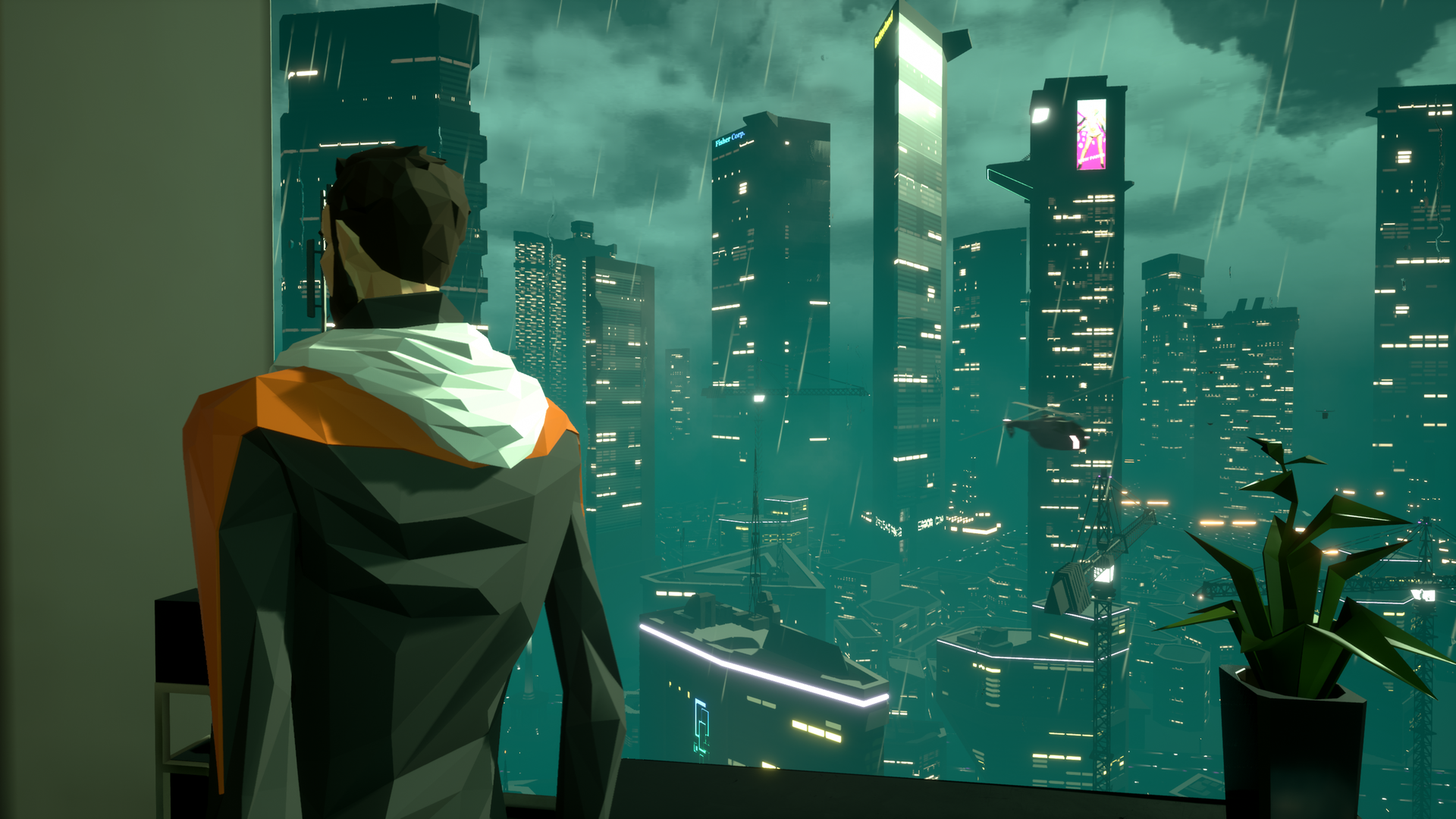
-
State of Mind Review #26
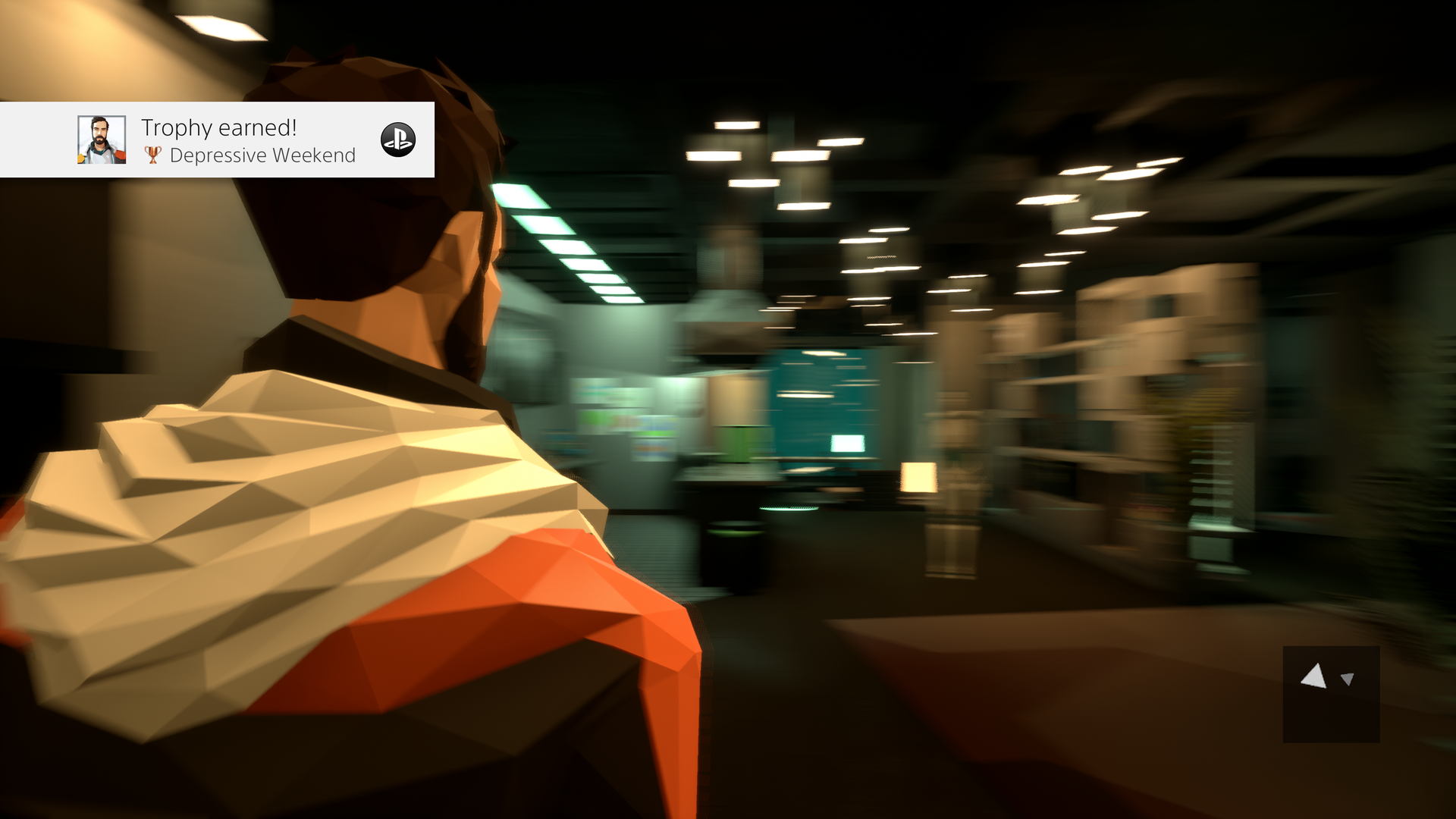
-
State of Mind Review #27
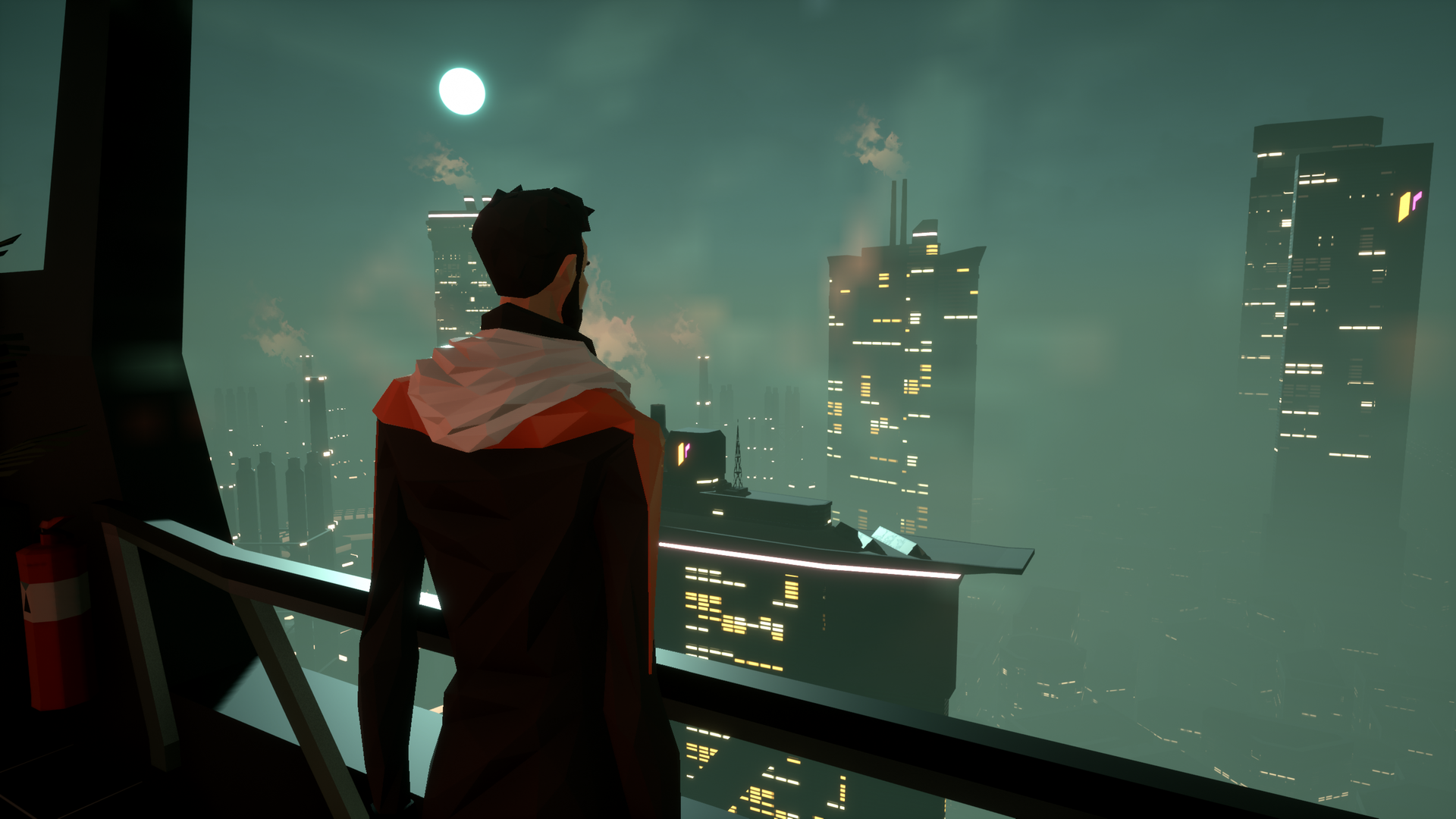
-
State of Mind Review #28
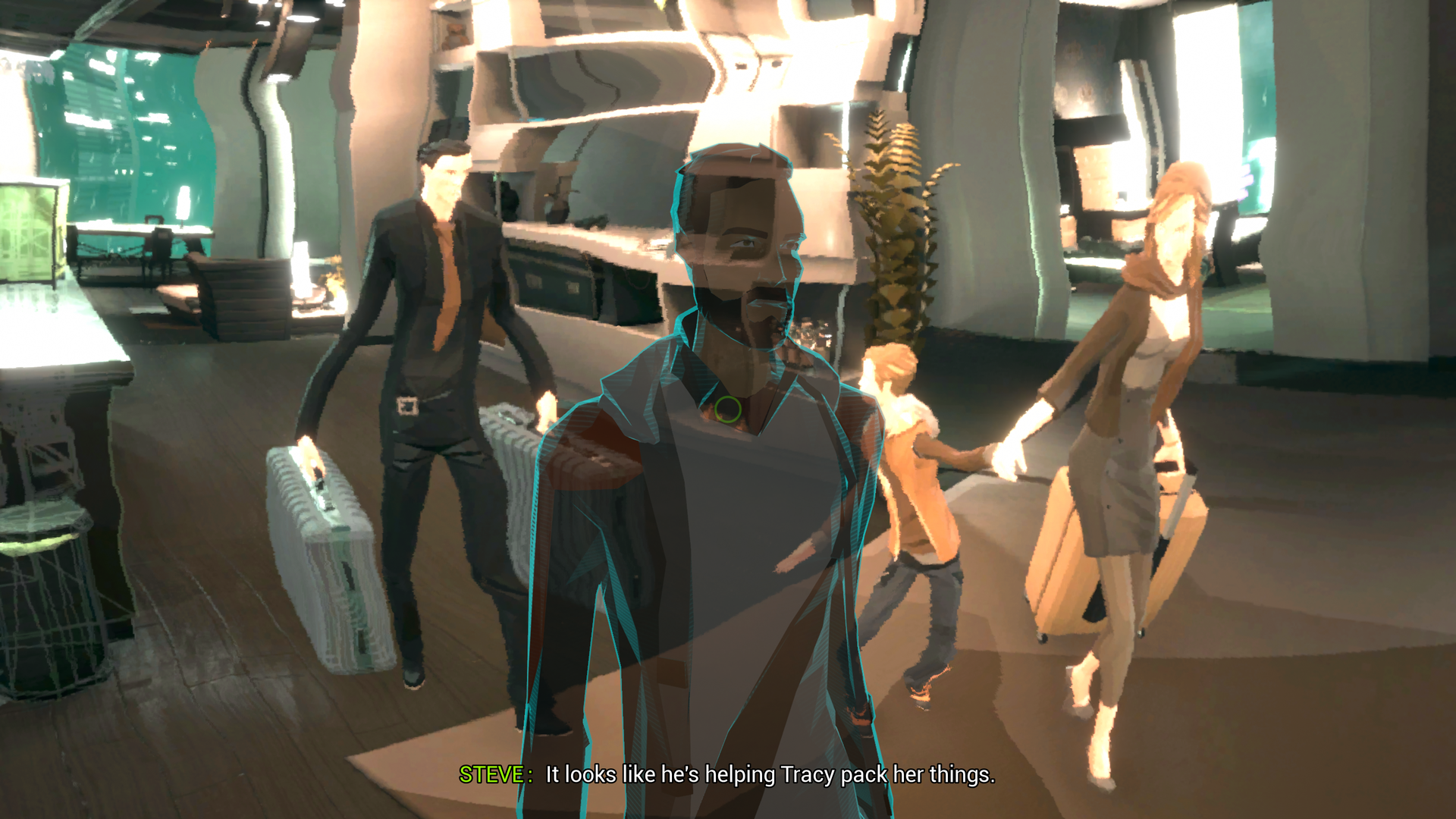
-
State of Mind Review #29
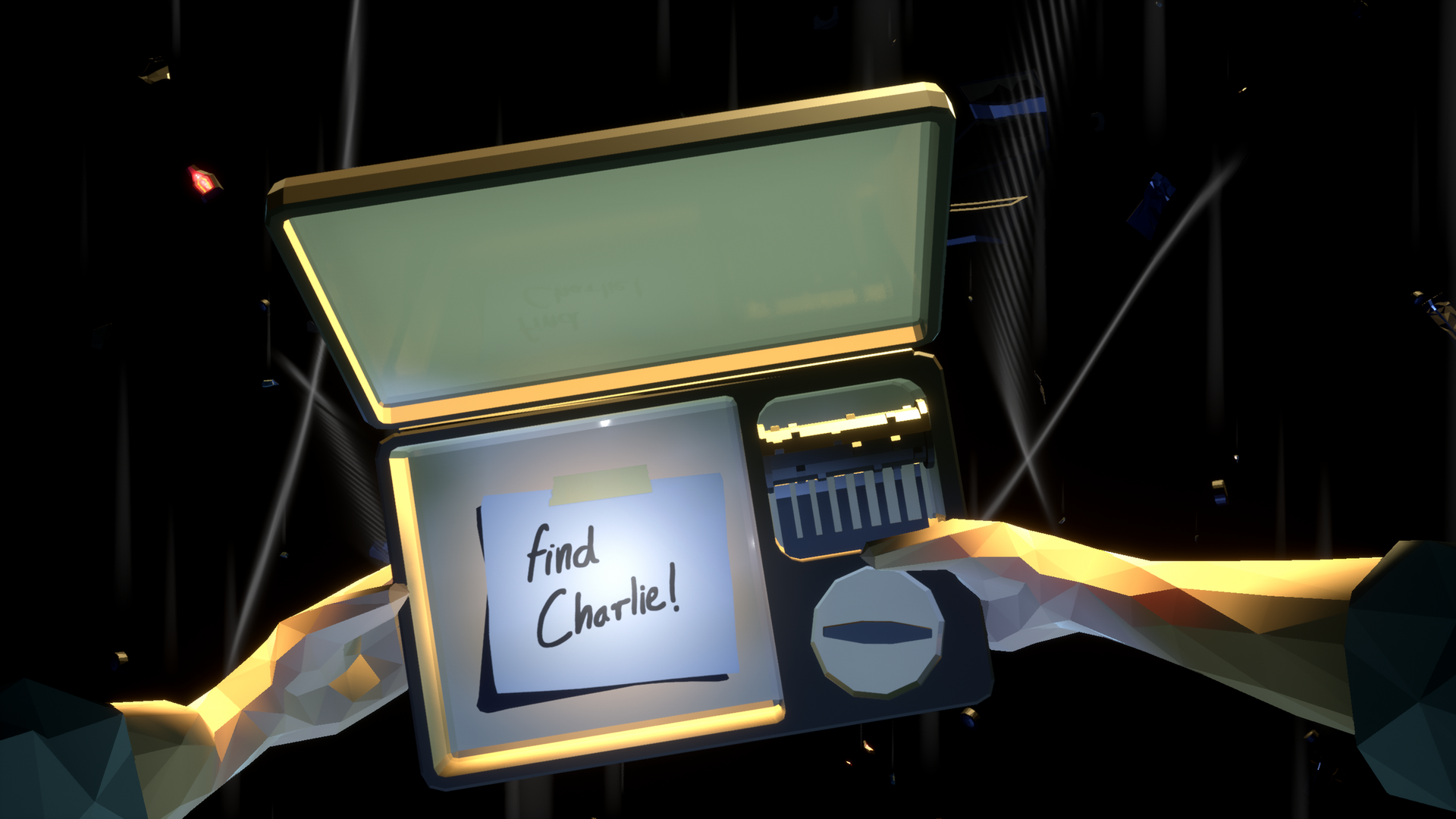
-
State of Mind Review #30
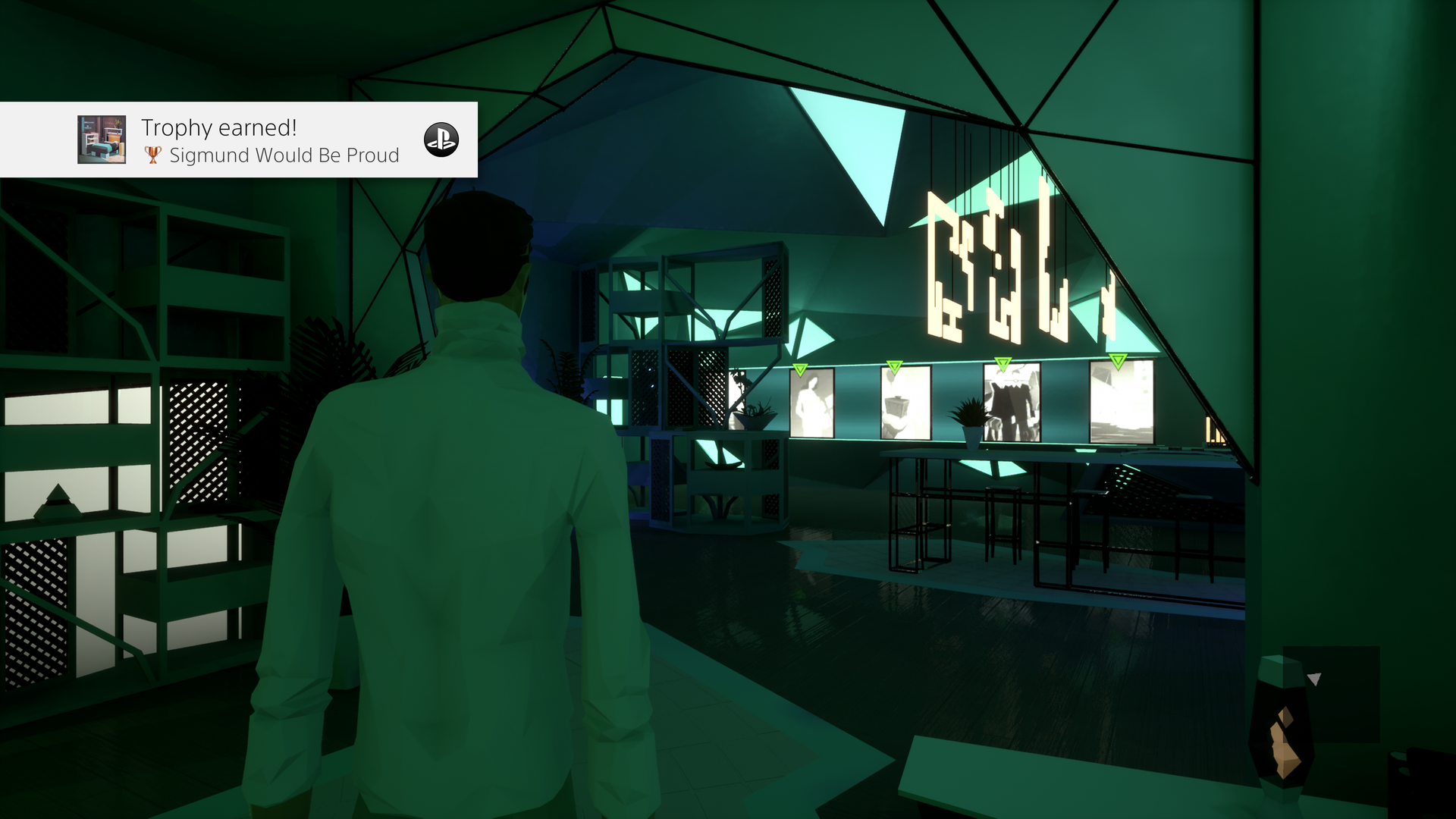
-
State of Mind Review #31
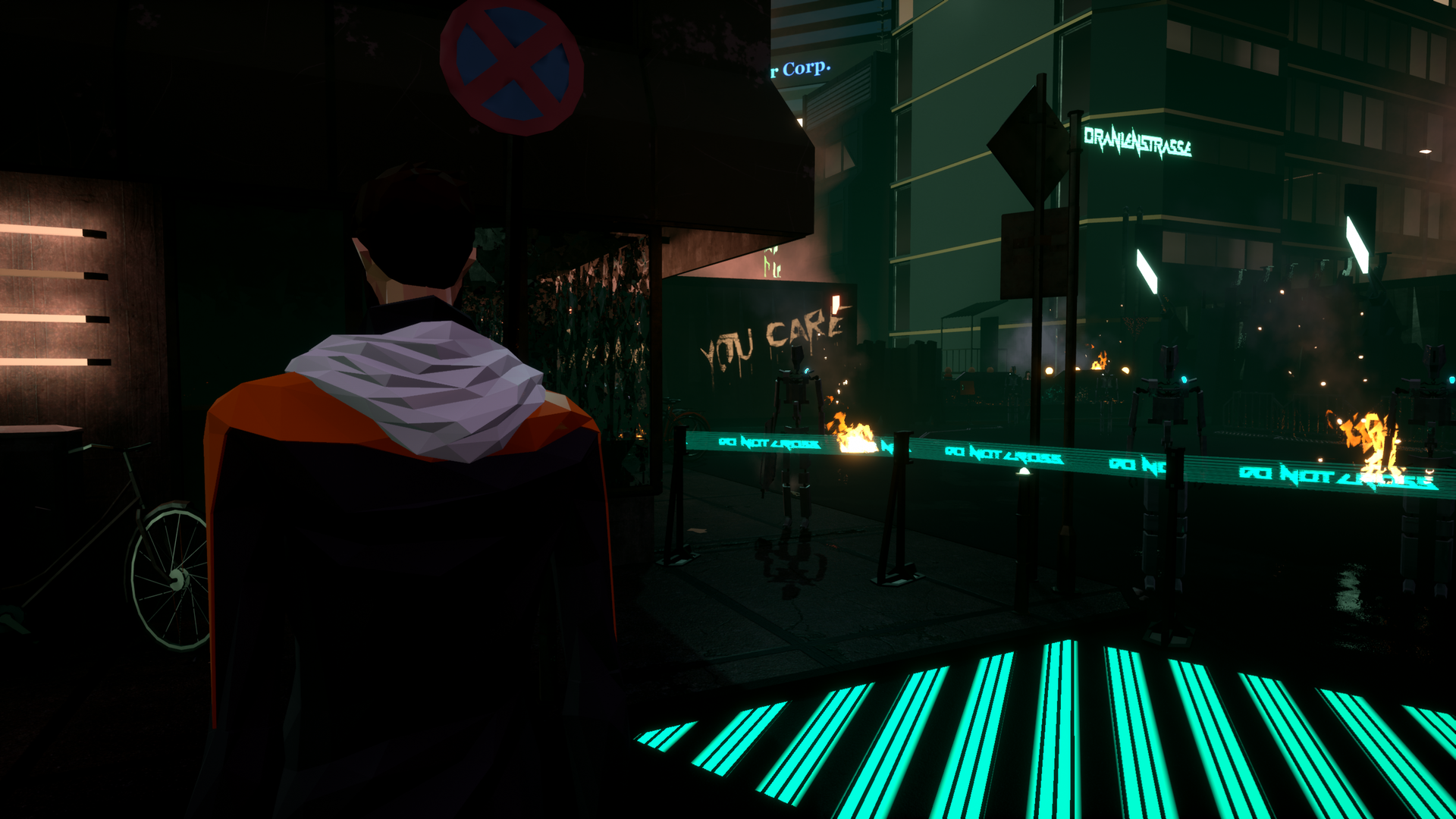
-
State of Mind Review #32
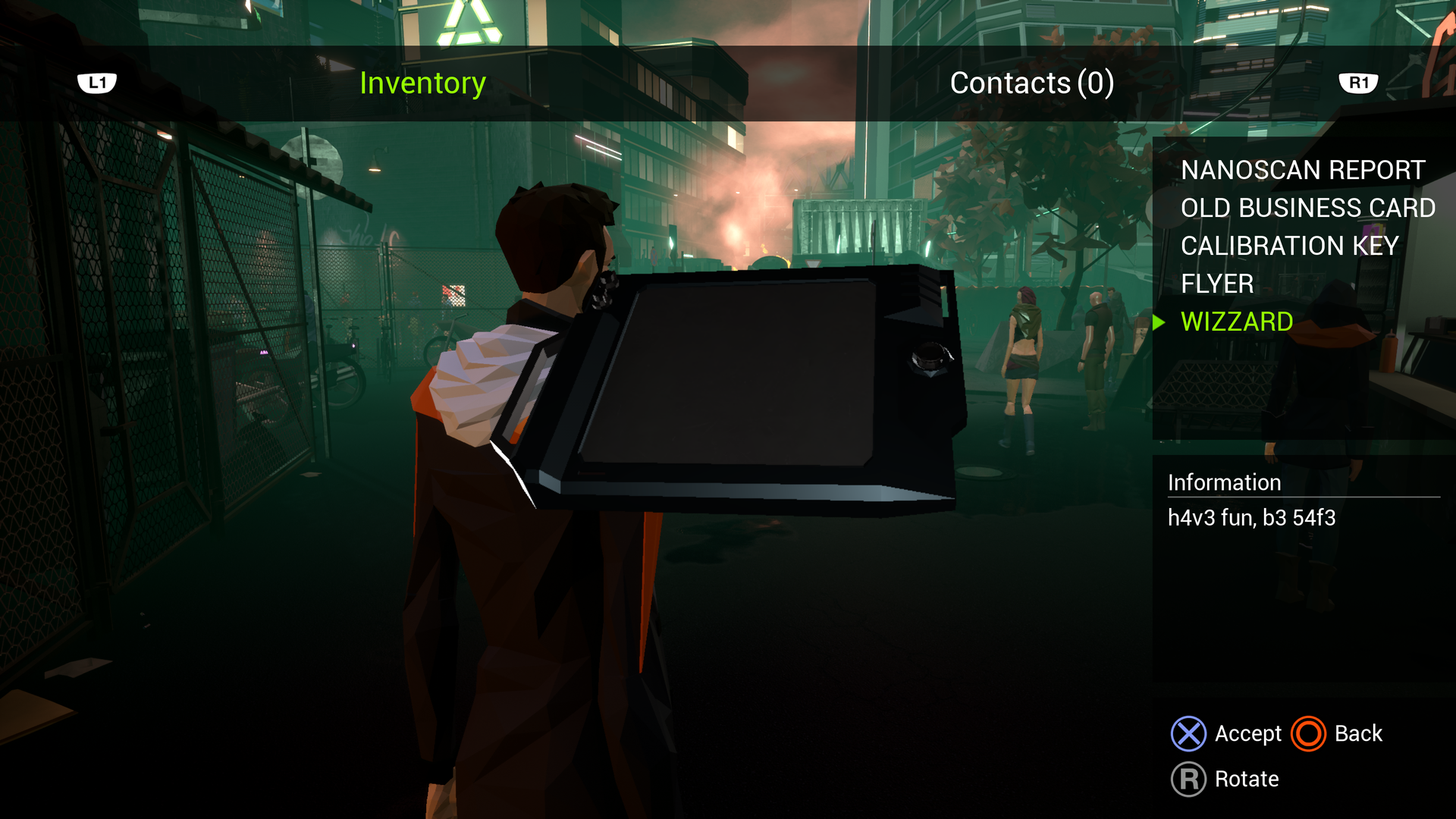
-
State of Mind Review #33
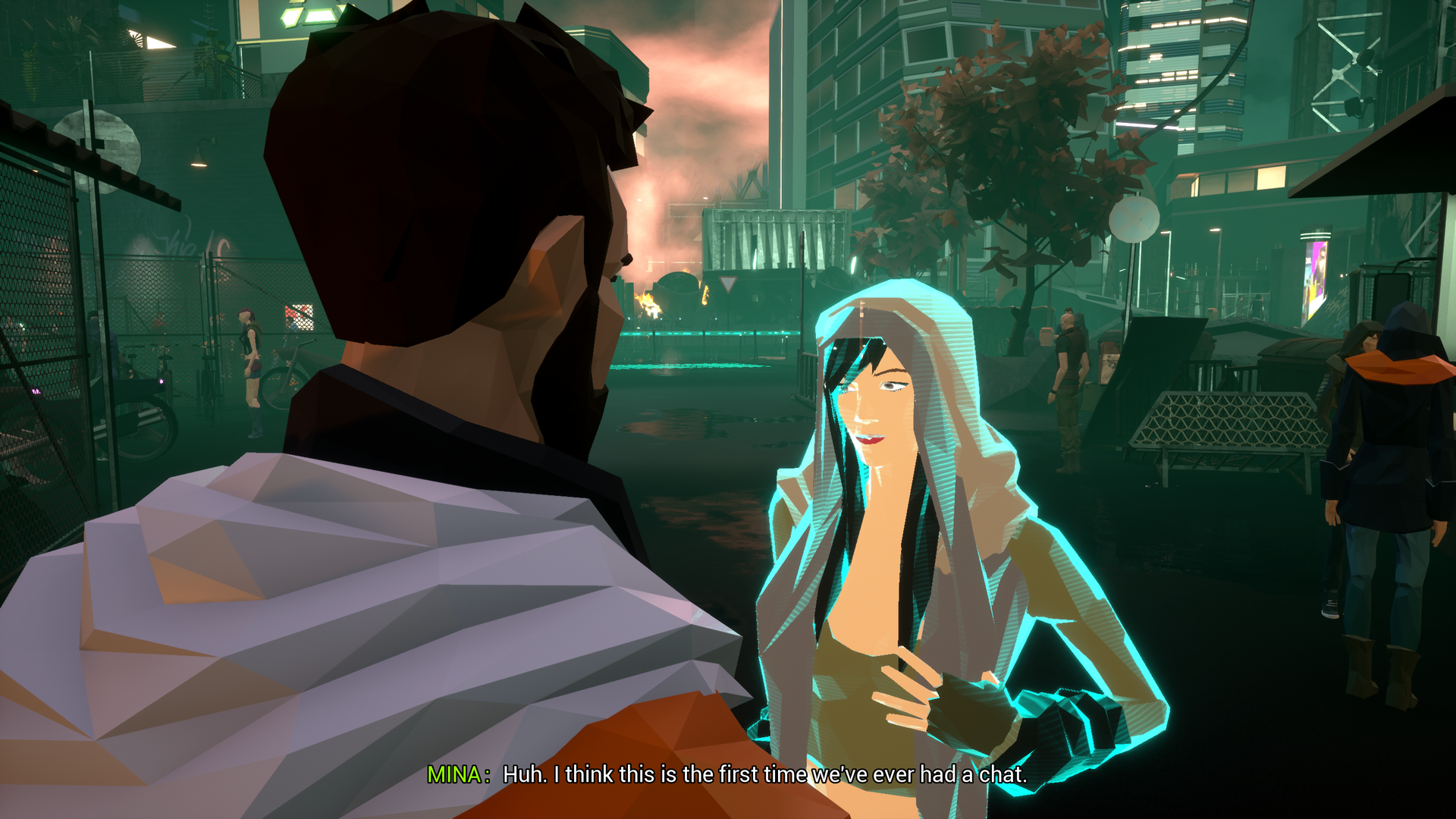
-
State of Mind Review #34
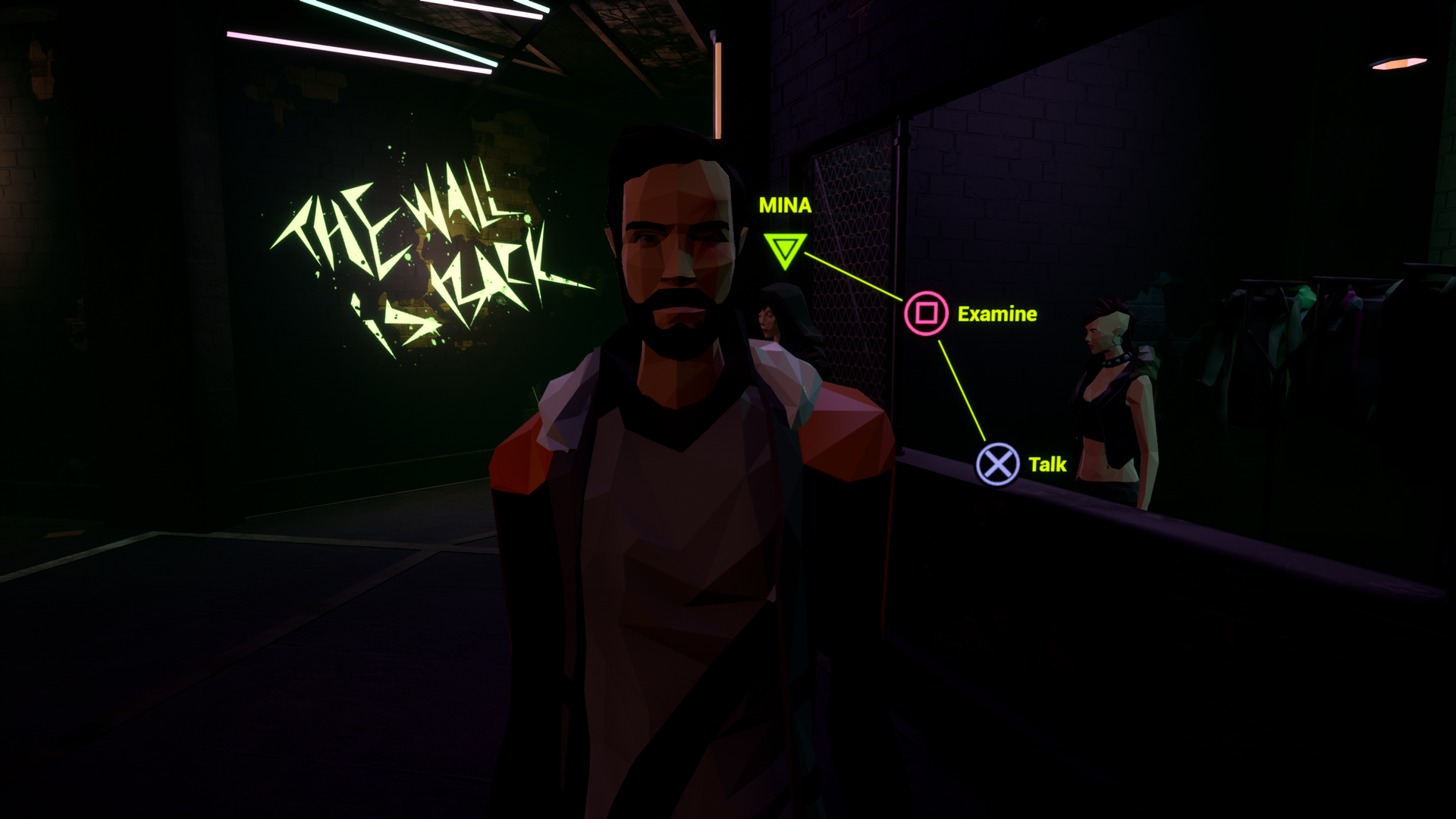
-
State of Mind Review #35
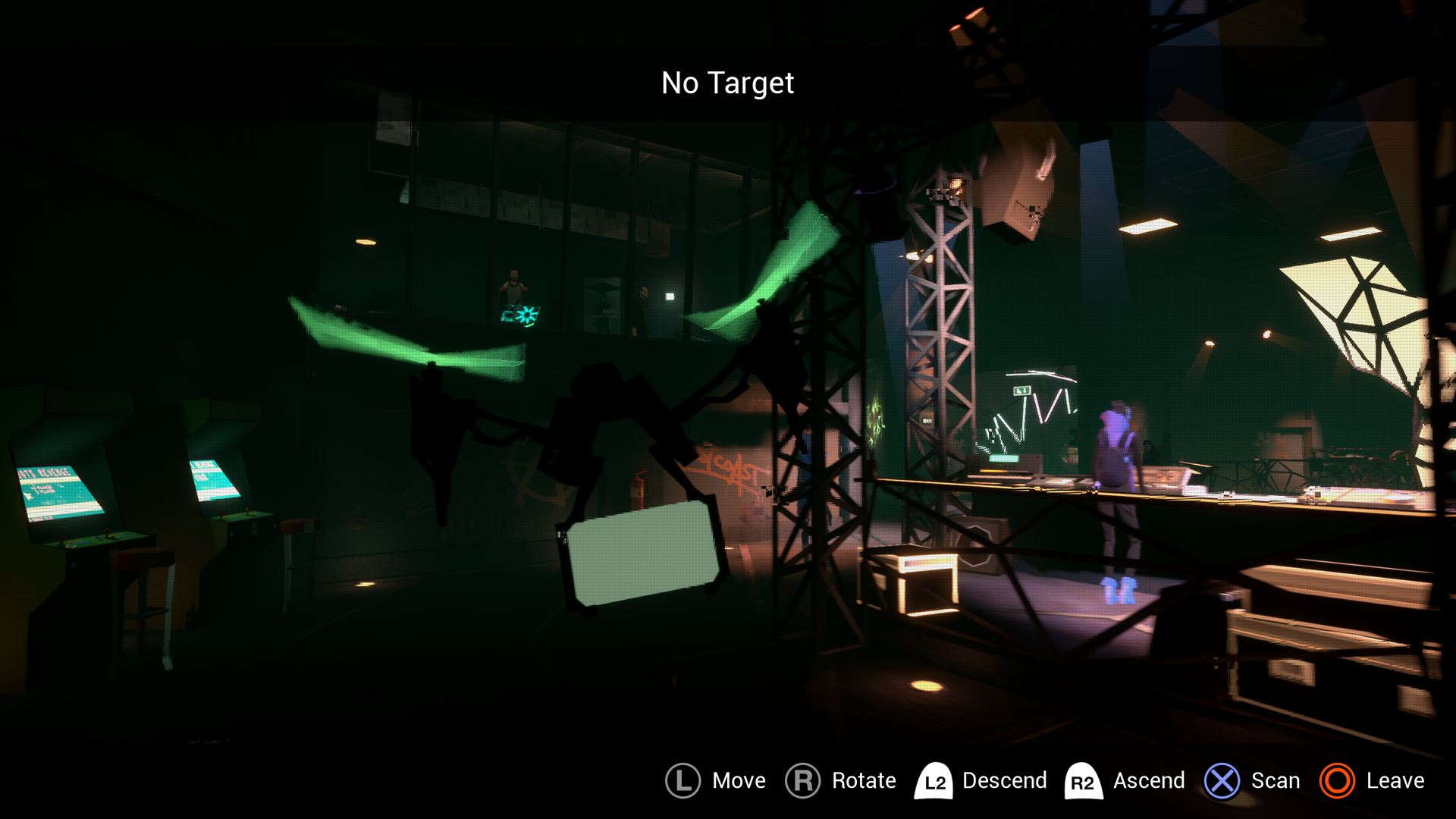
-
State of Mind Review #36
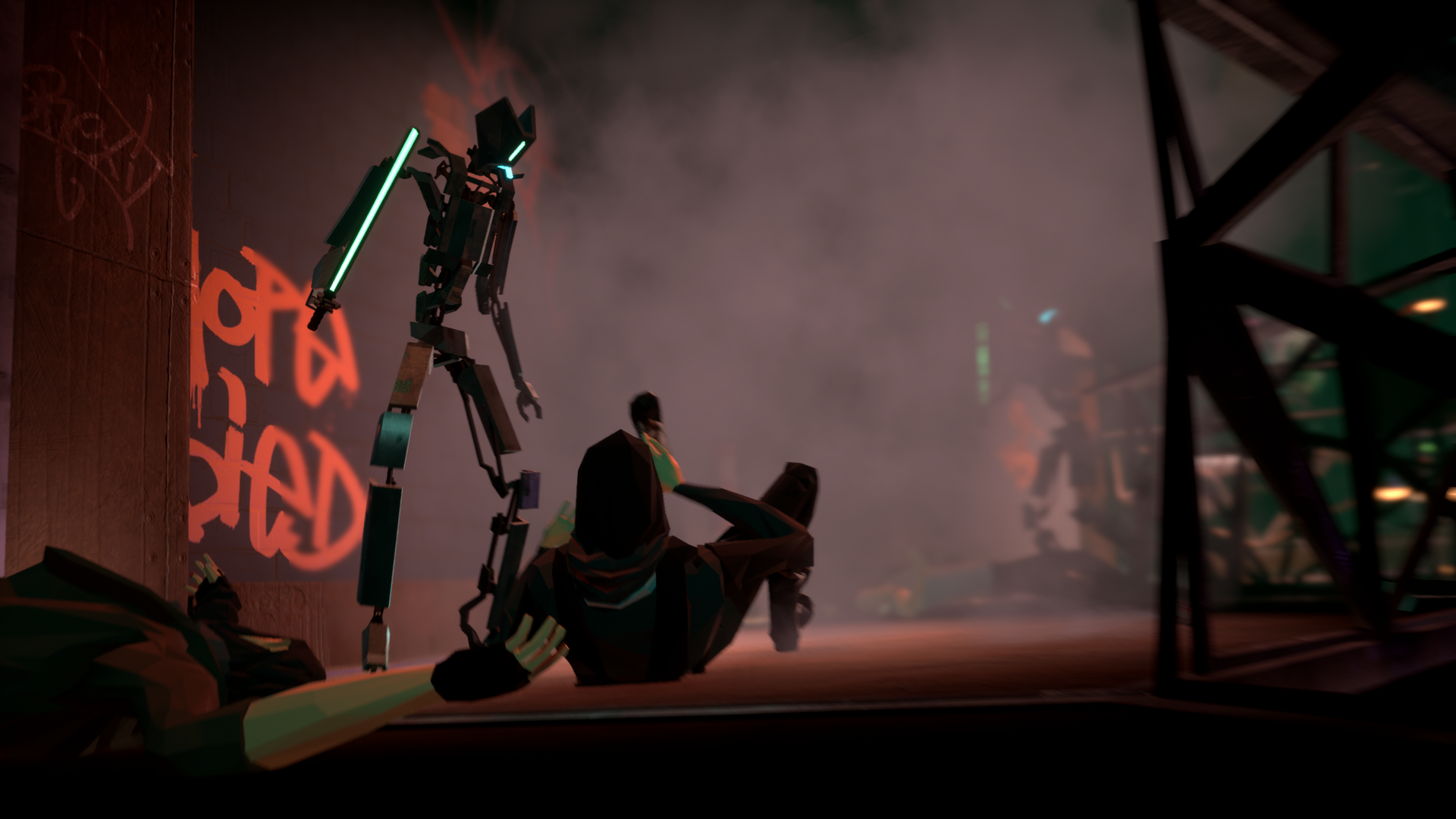
-
State of Mind Review #37
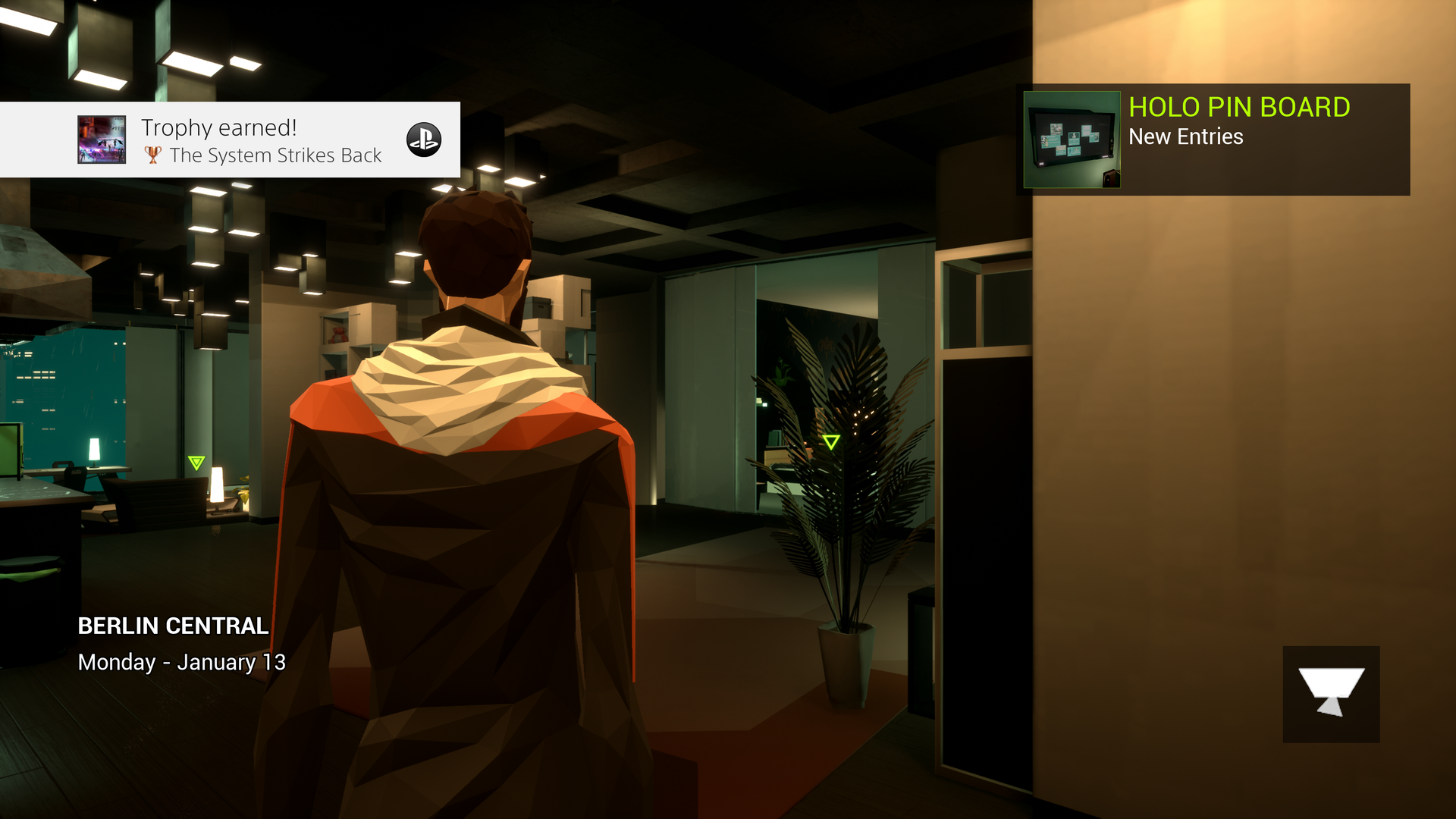
-
State of Mind Review #38
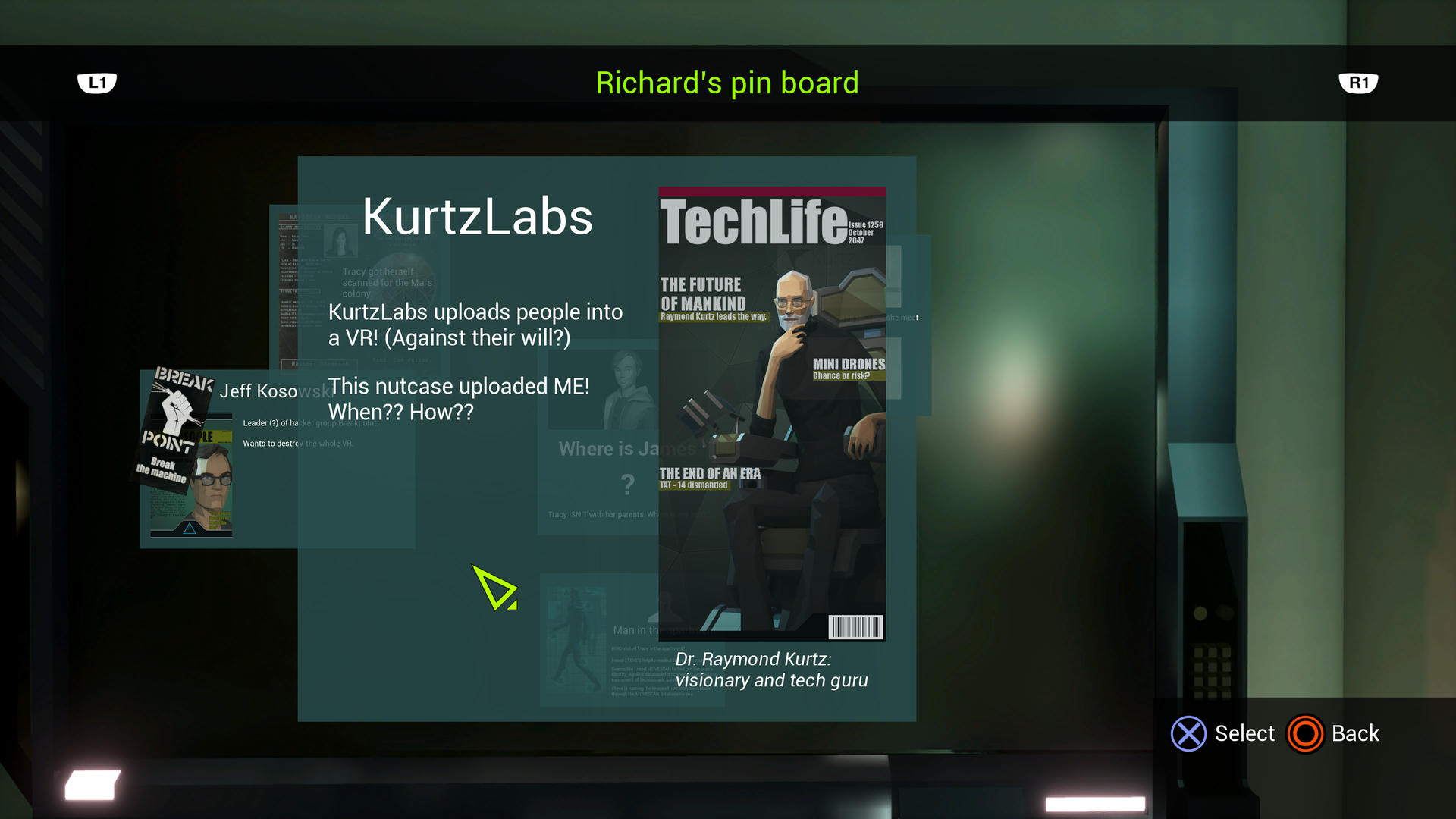
-
State of Mind Review #39
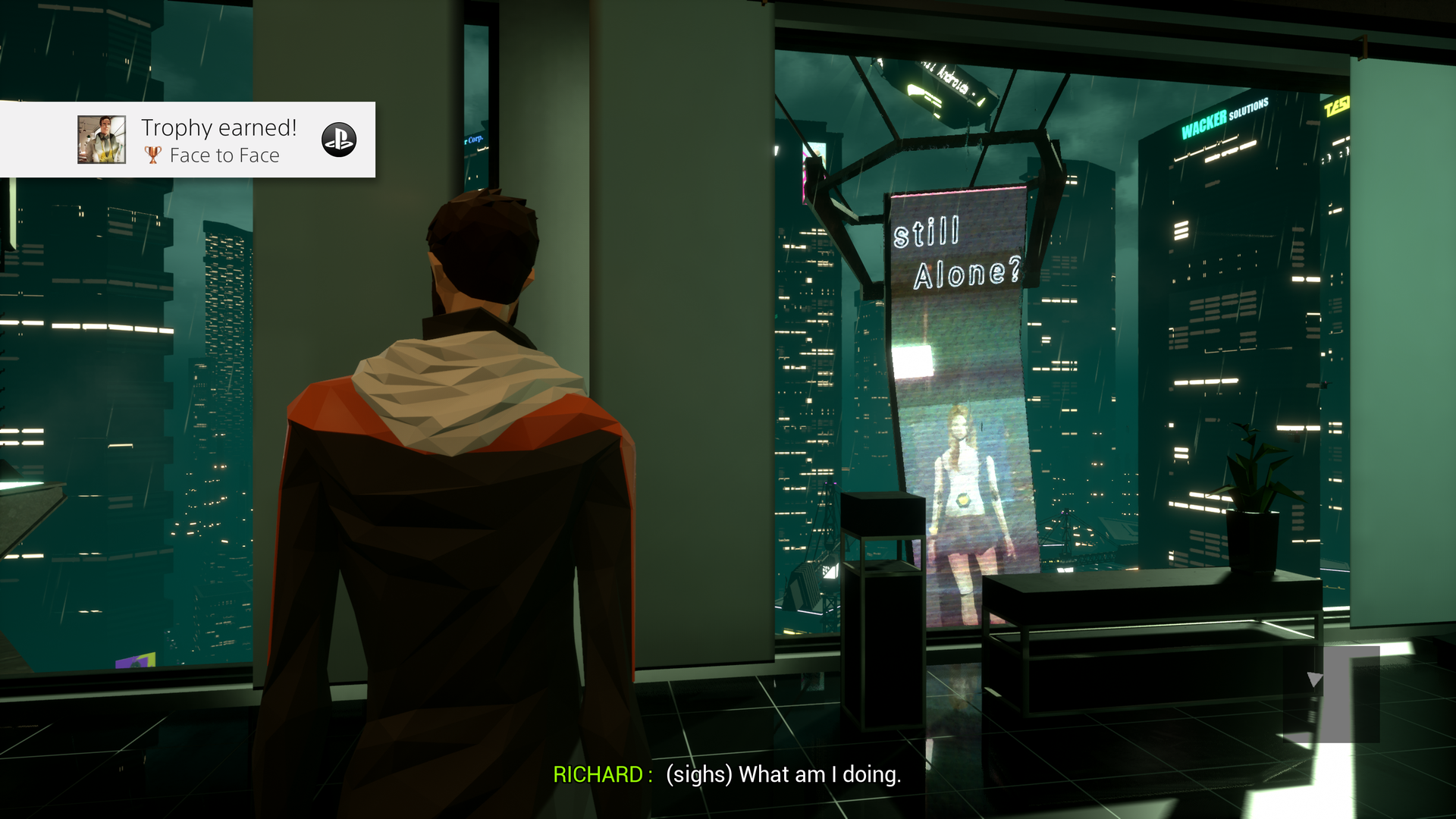
-
State of Mind Review #40
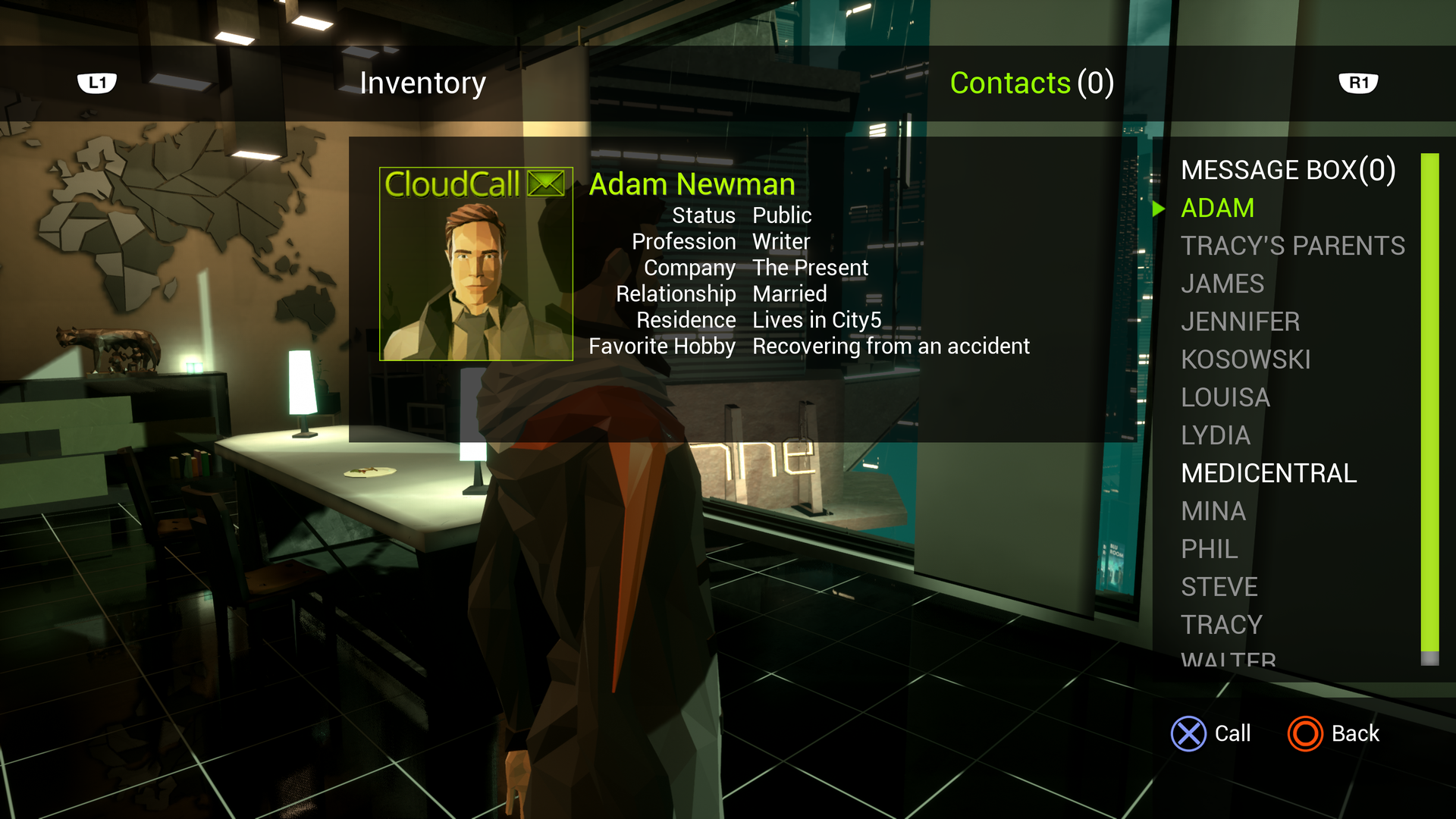
-
State of Mind Review #41
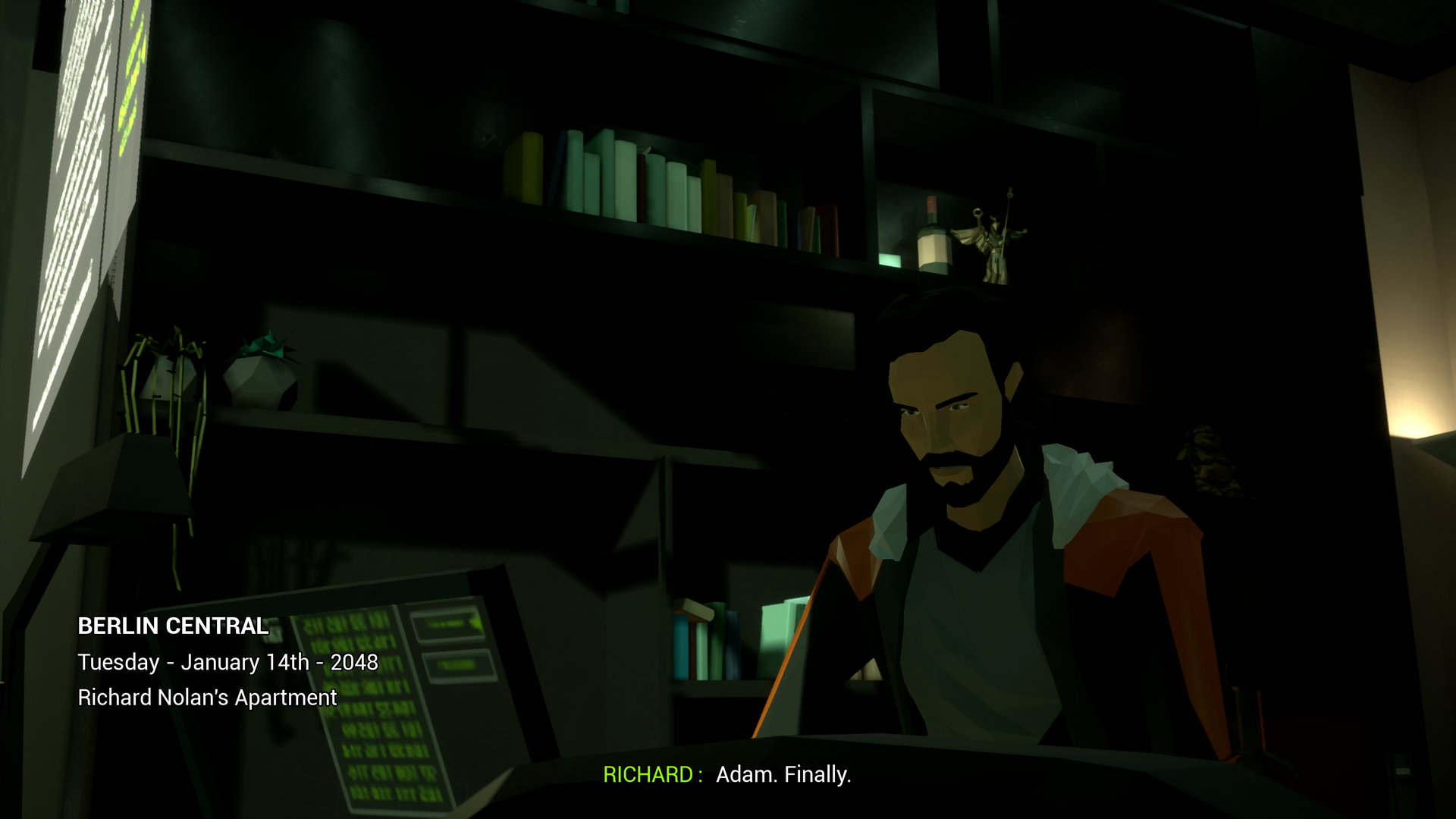
-
State of Mind Review #42
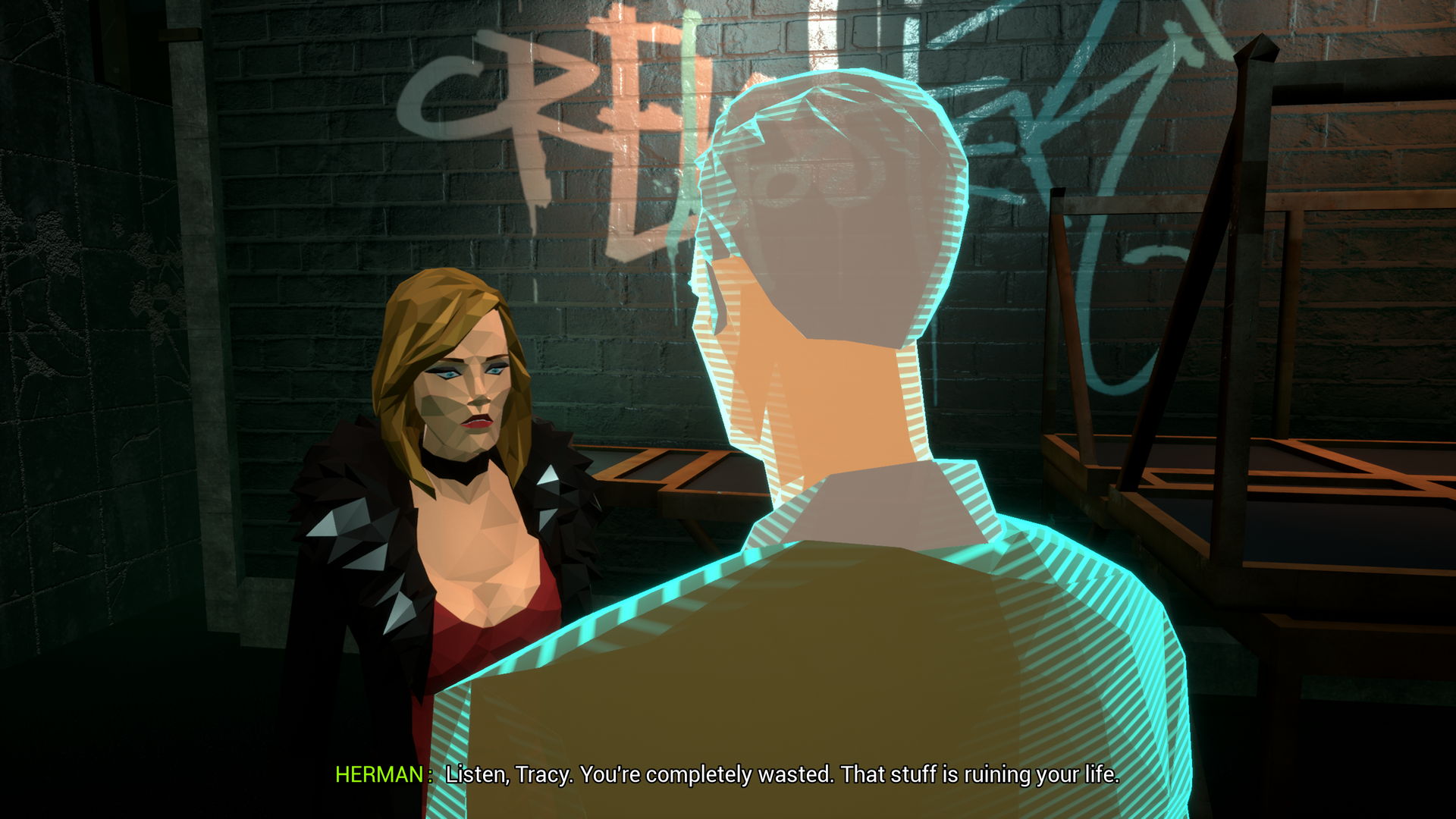
-
State of Mind Review #43
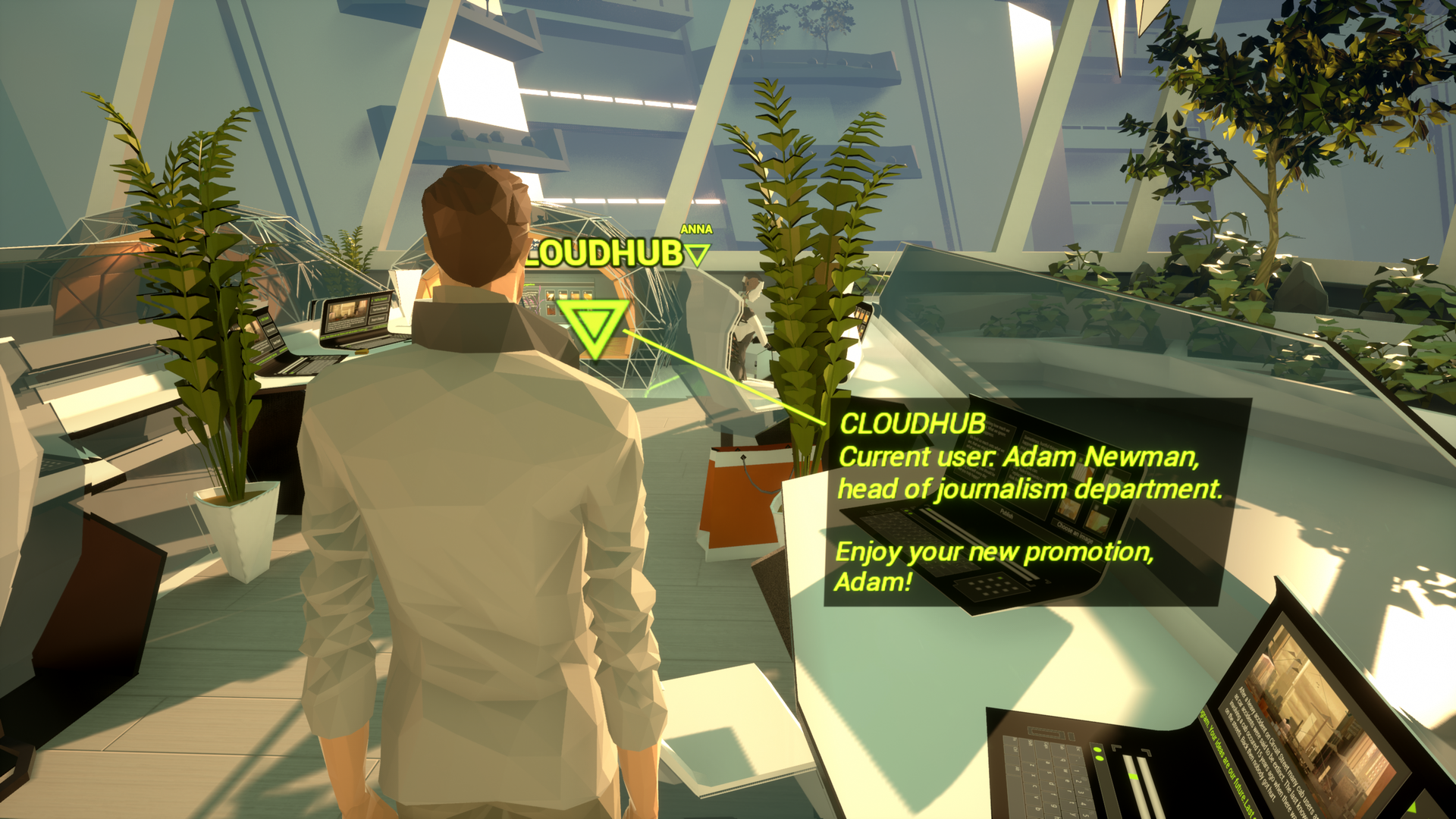
-
State of Mind Review #44
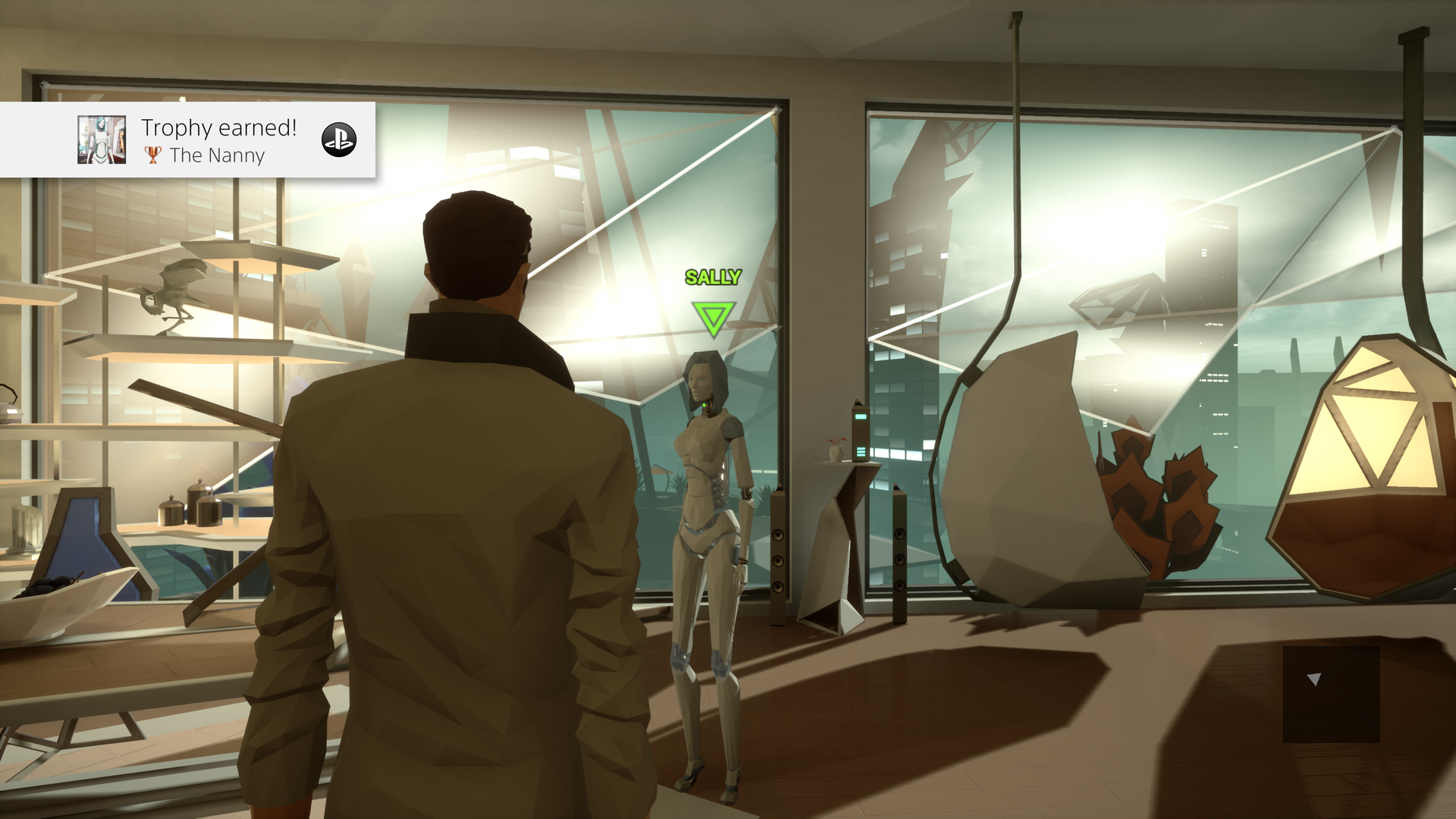
-
State of Mind Review #45
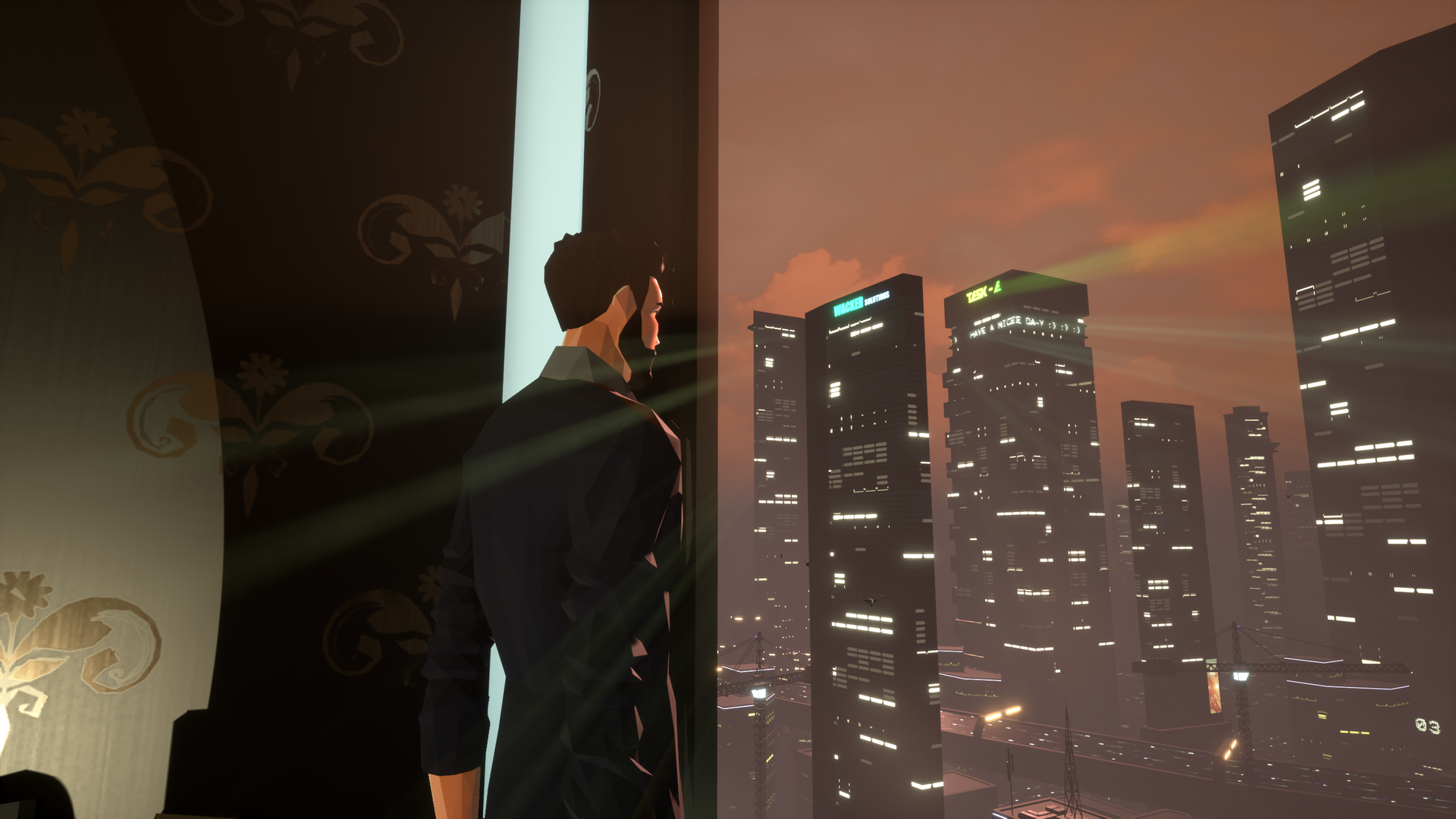
-
State of Mind Review #46
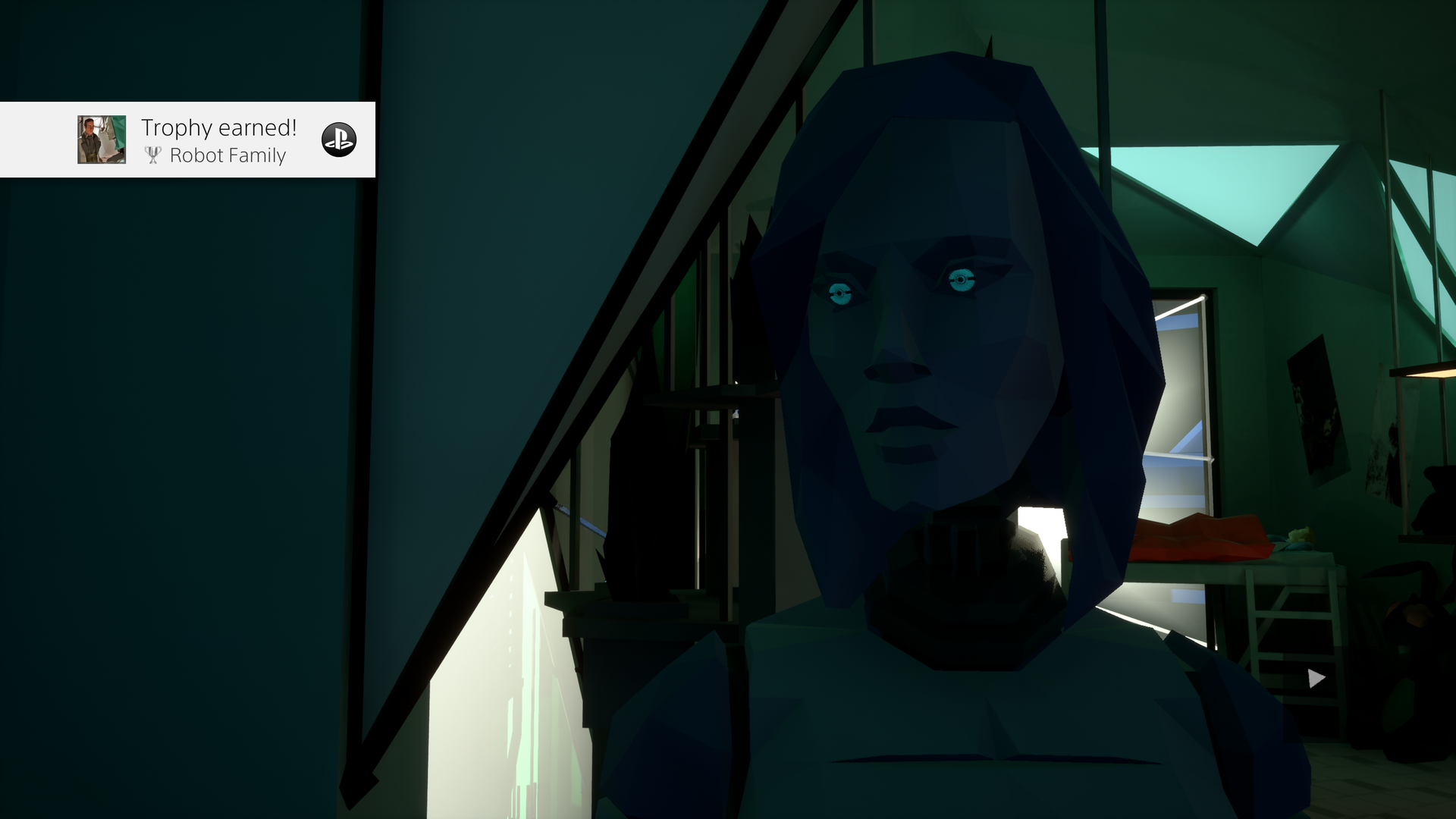
-
State of Mind Review #47
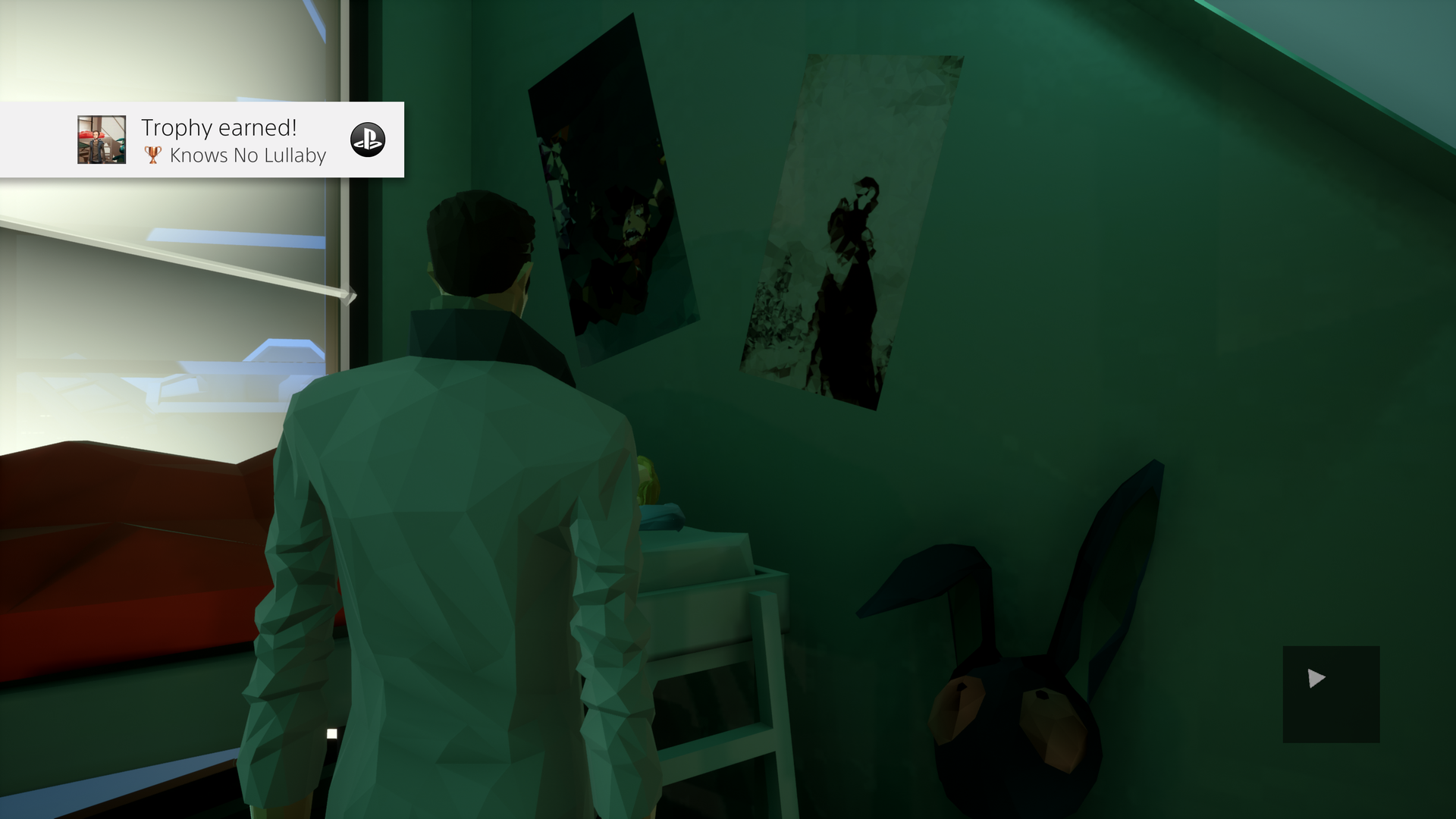
-
State of Mind Review #48
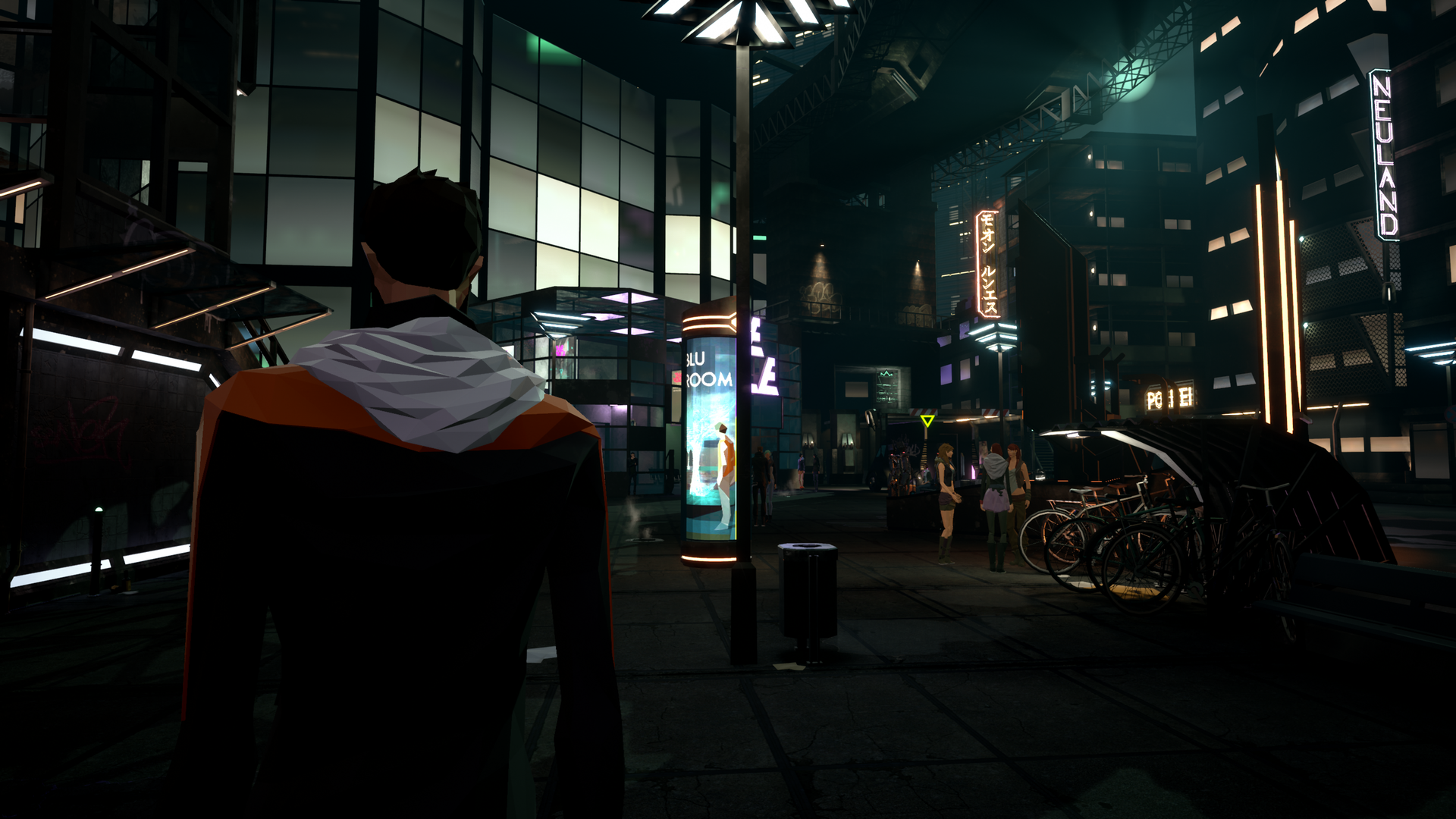
-
State of Mind Review #49
